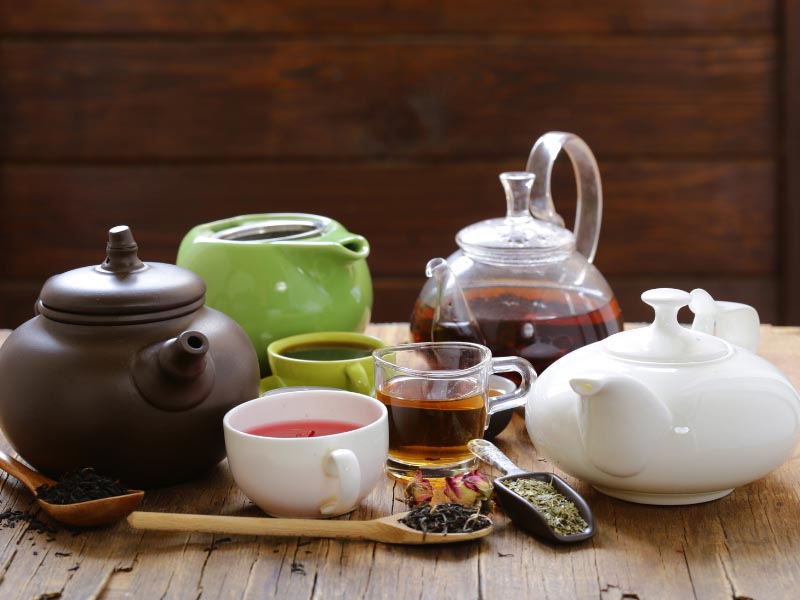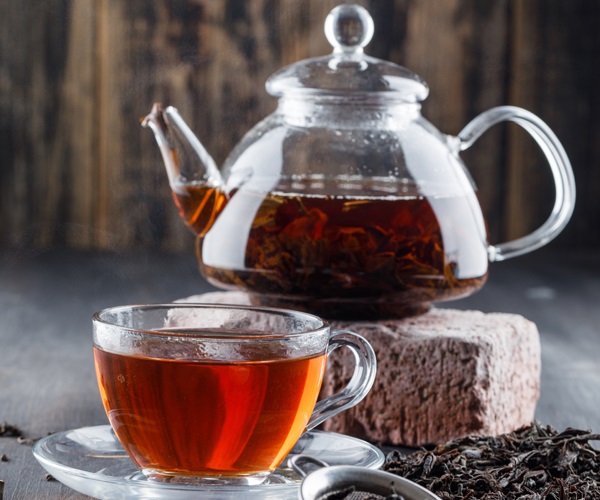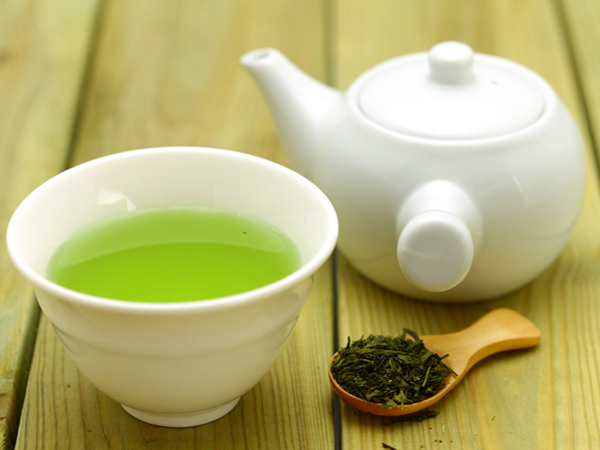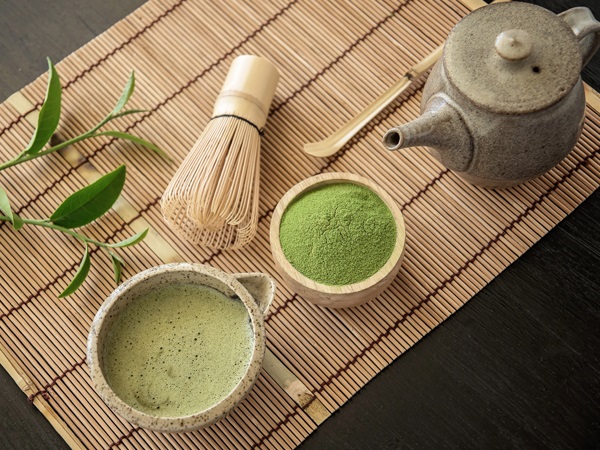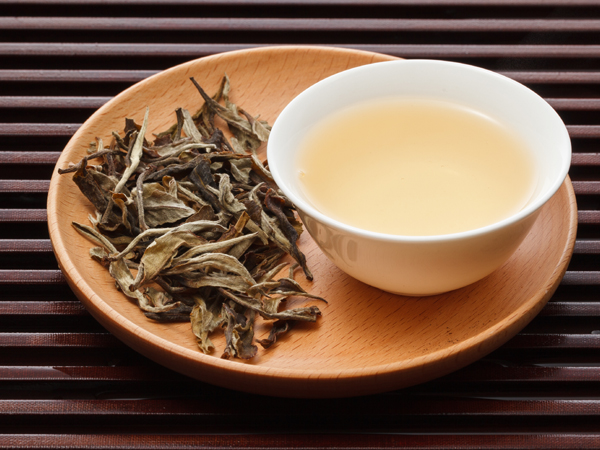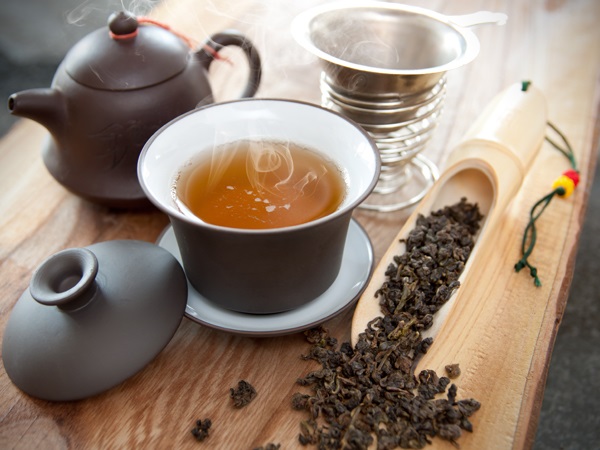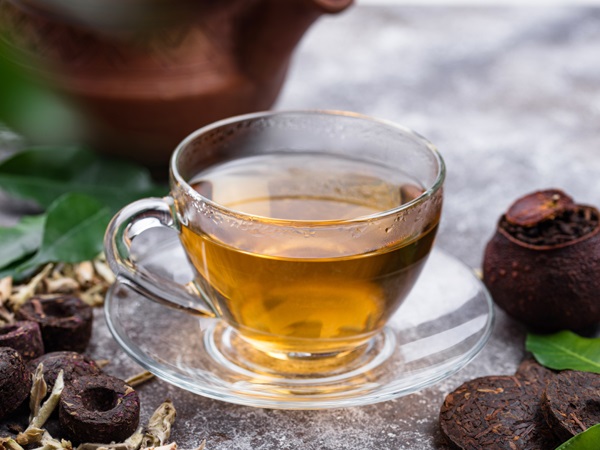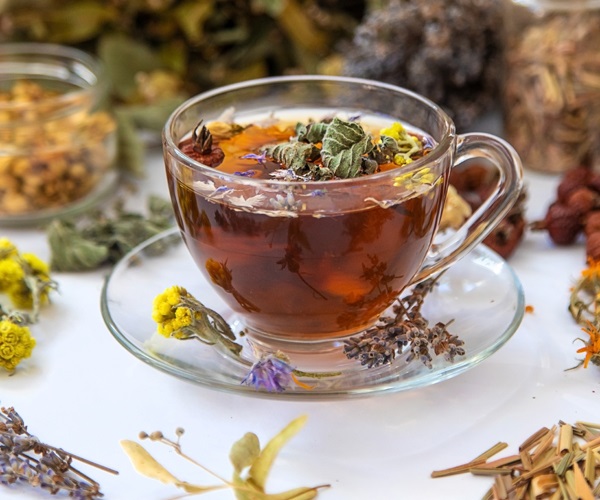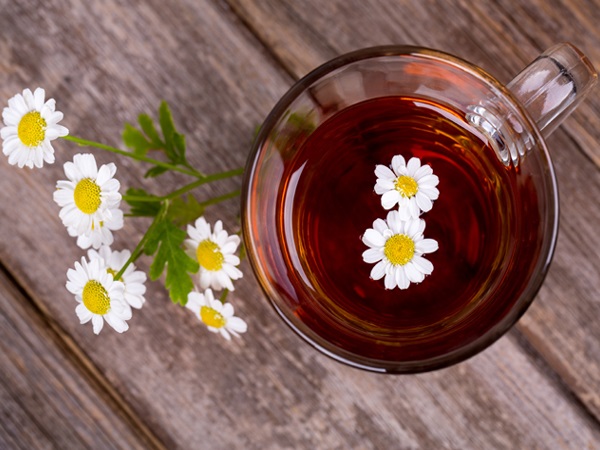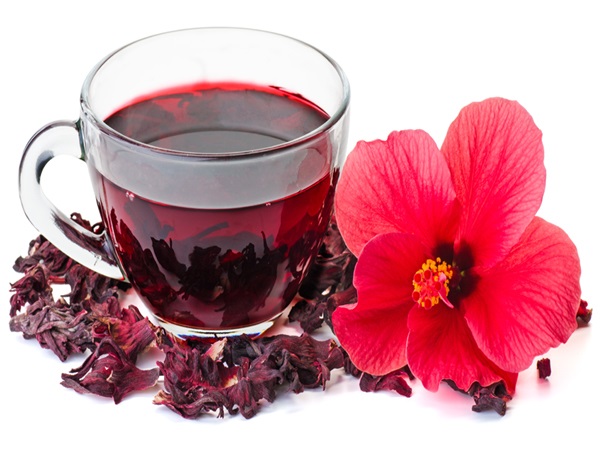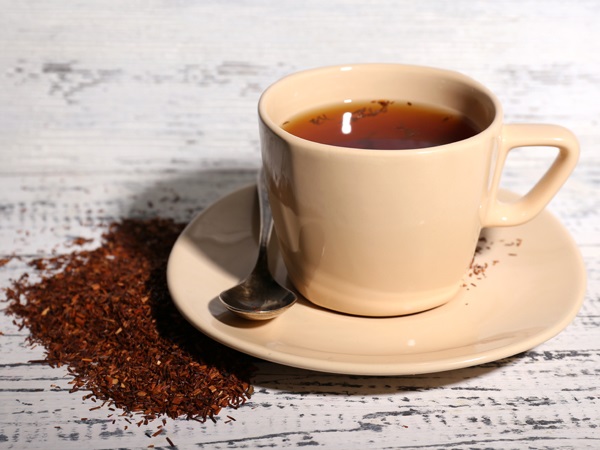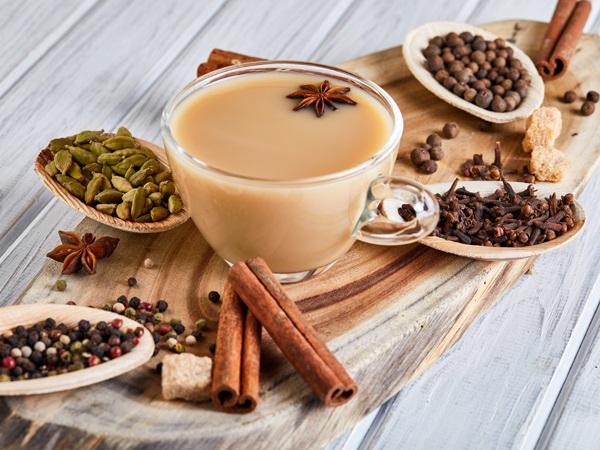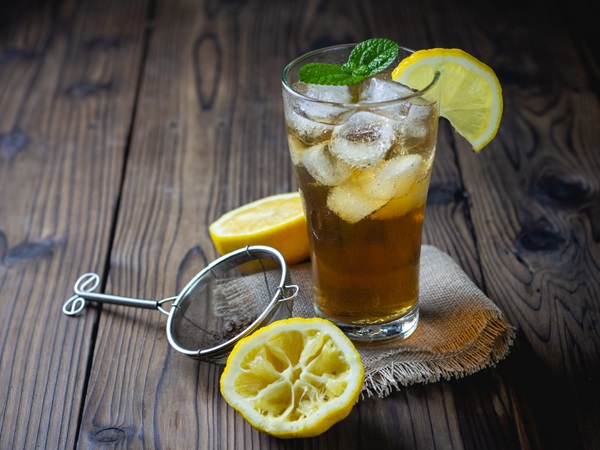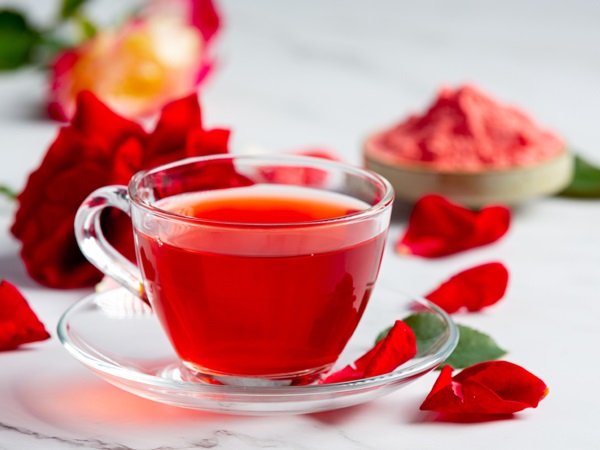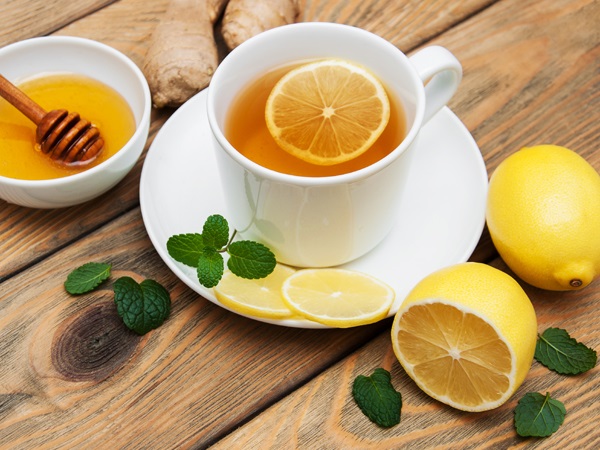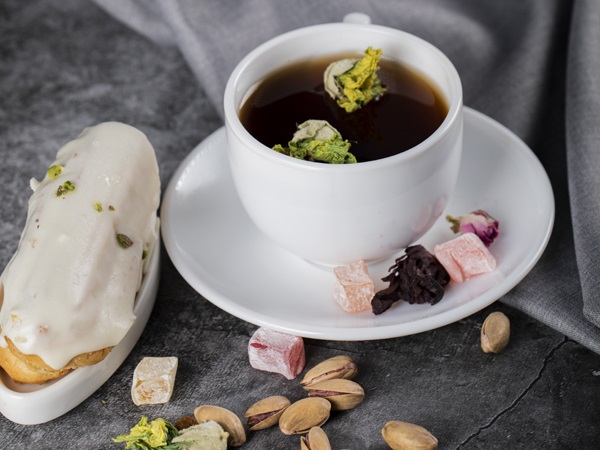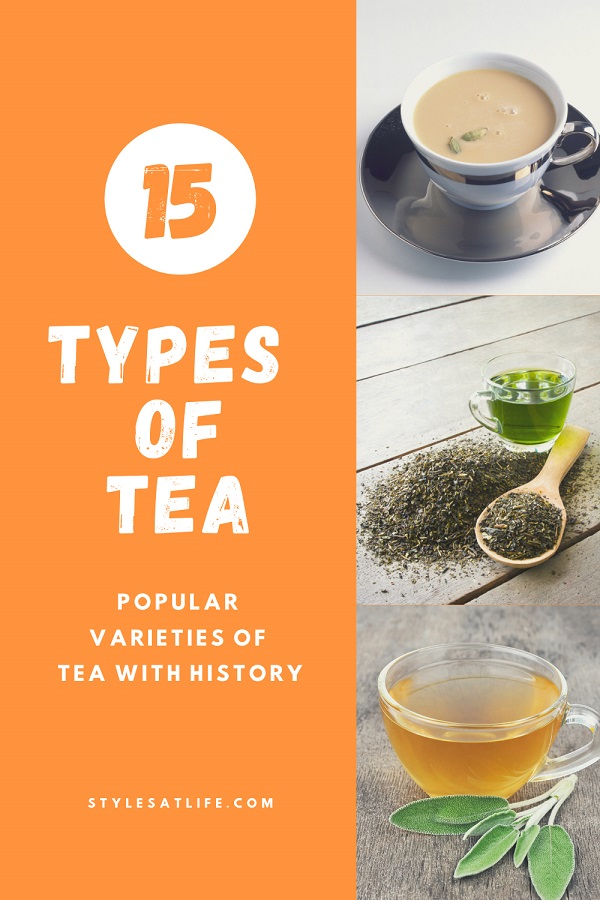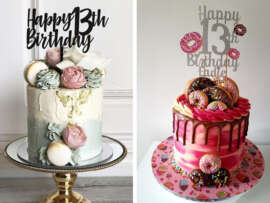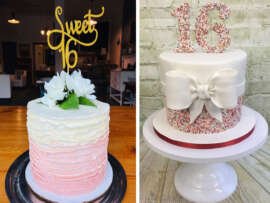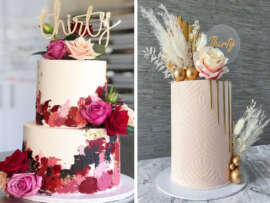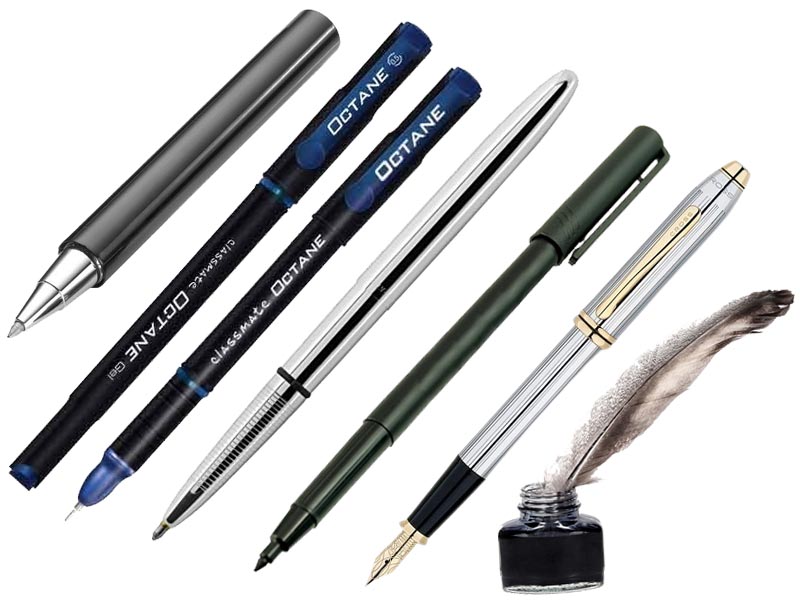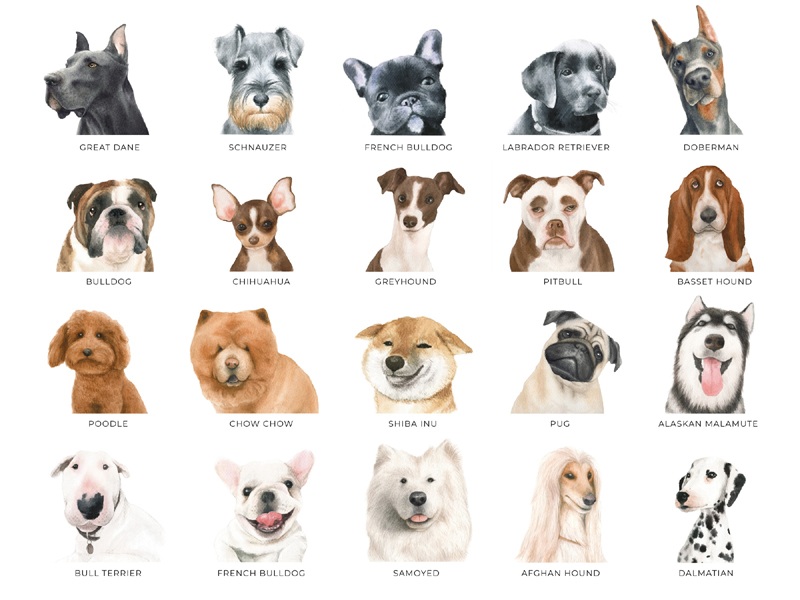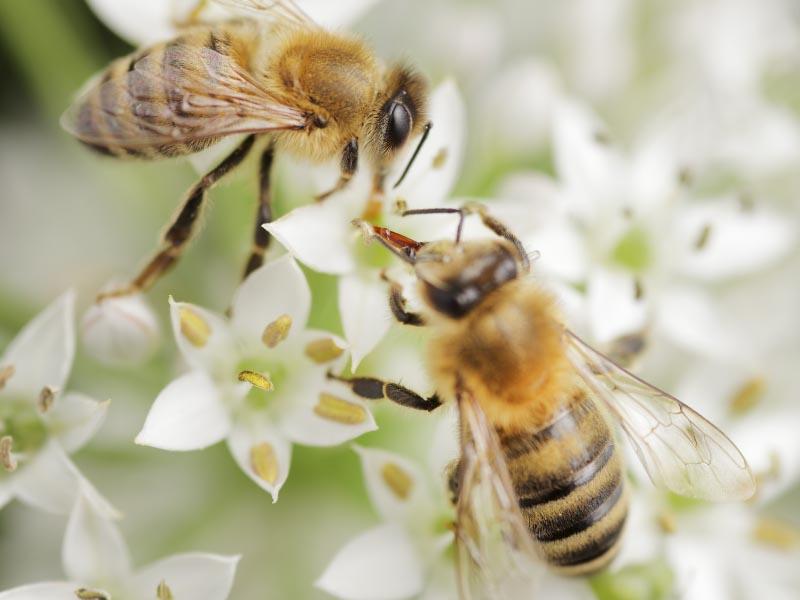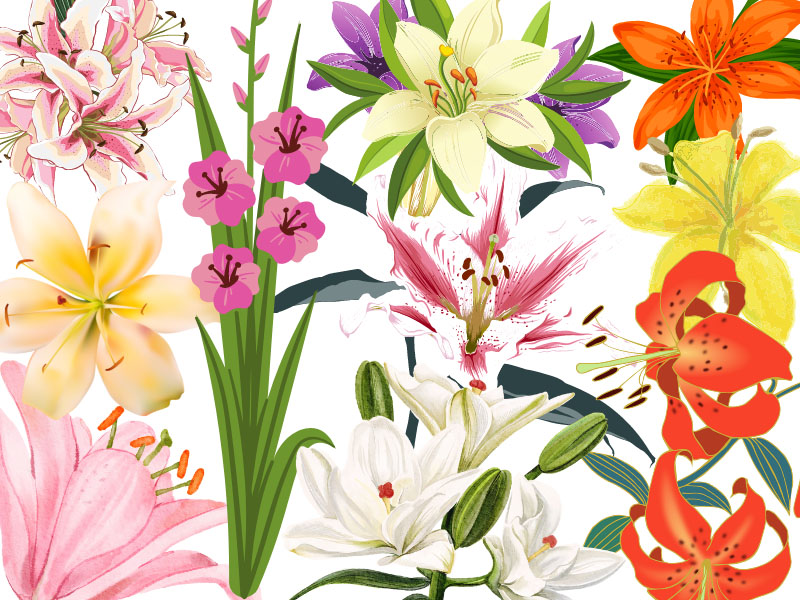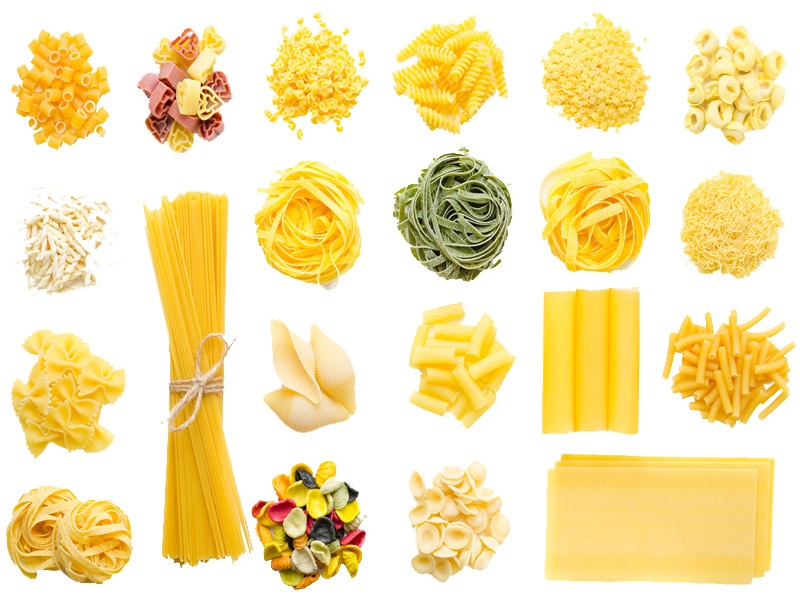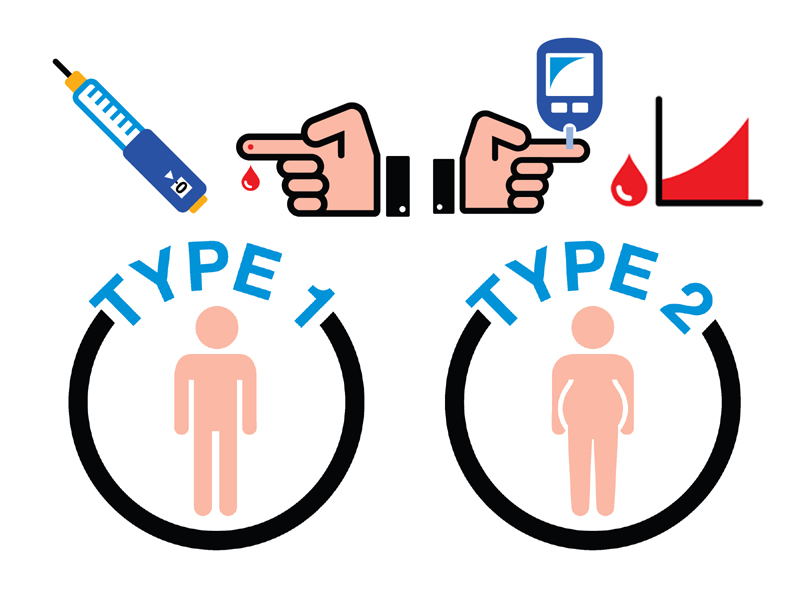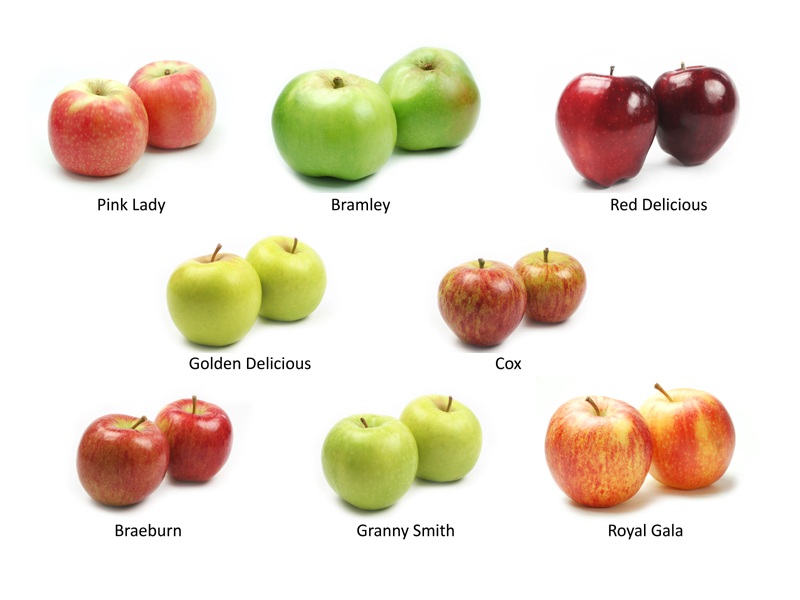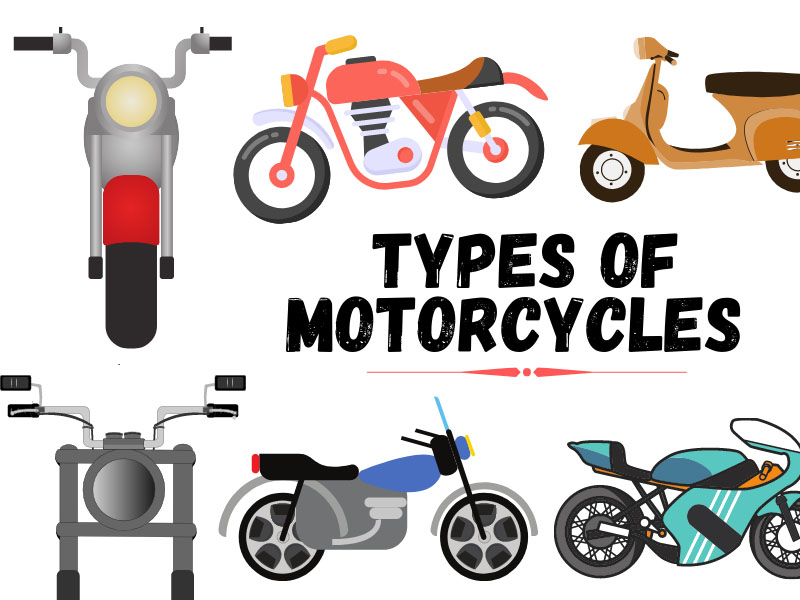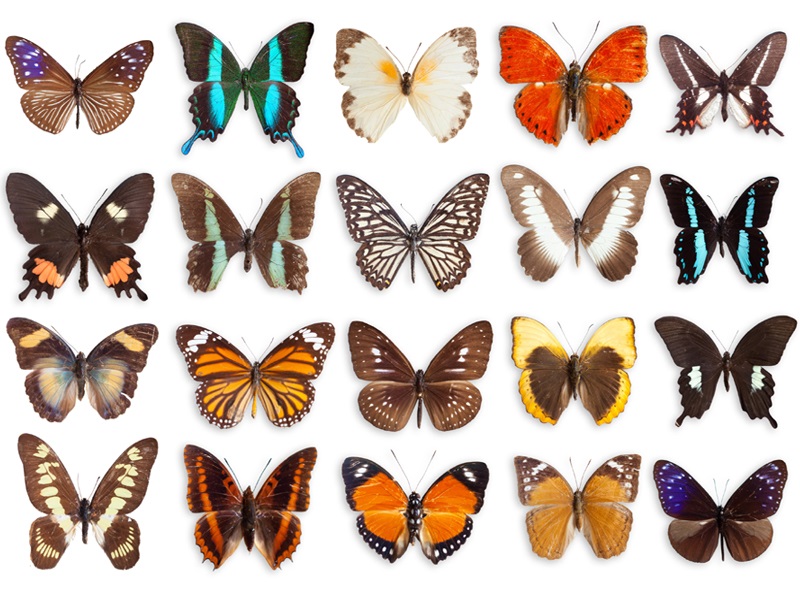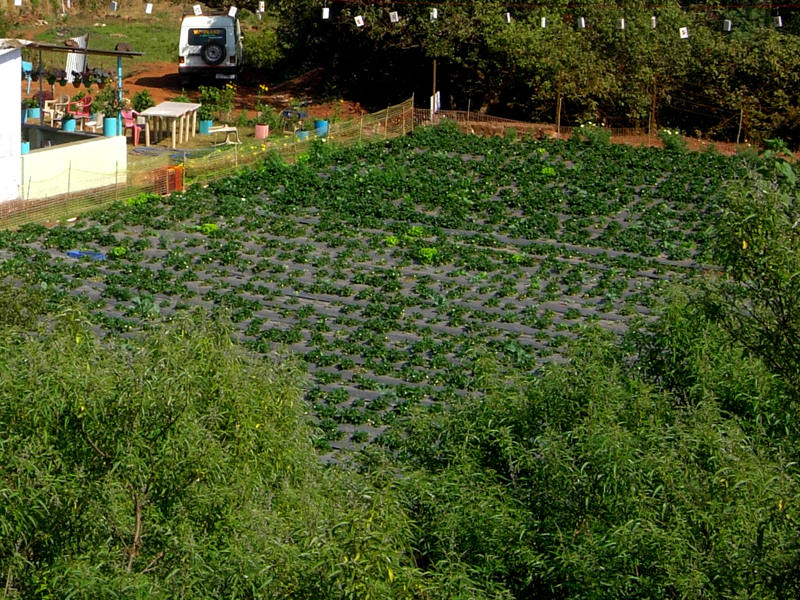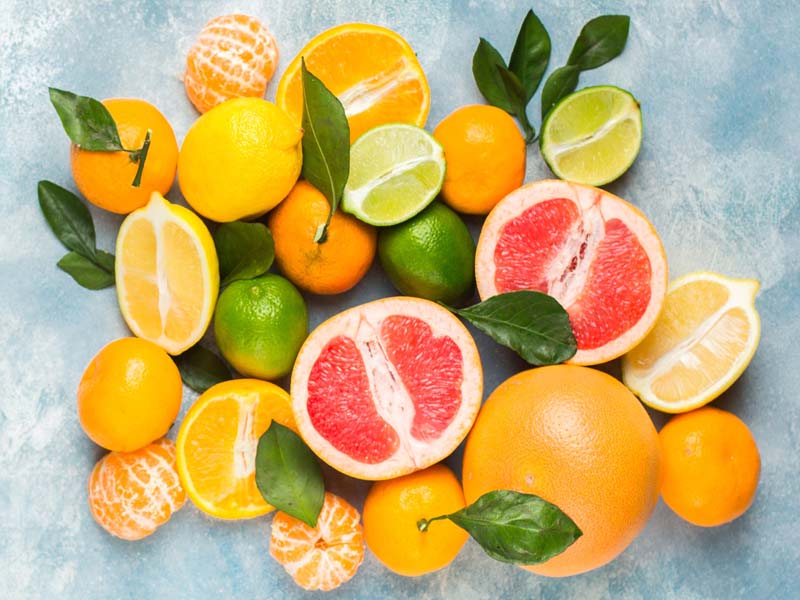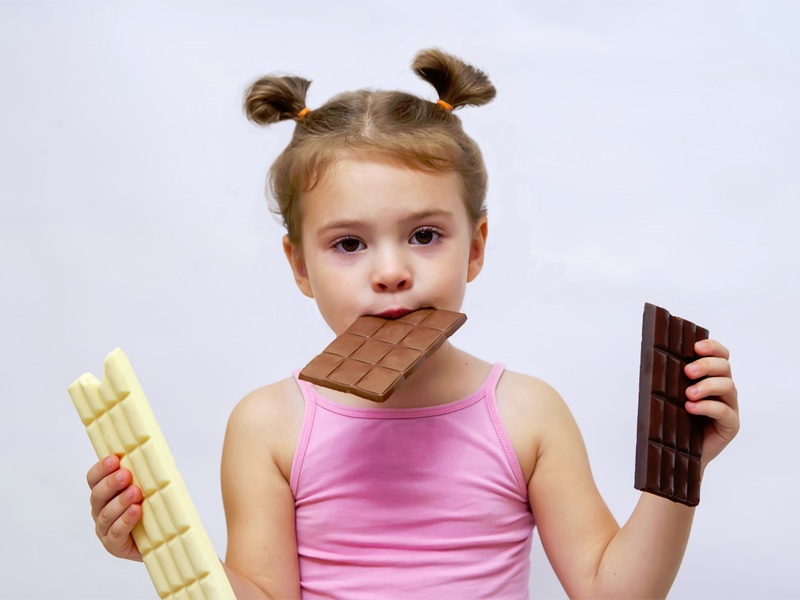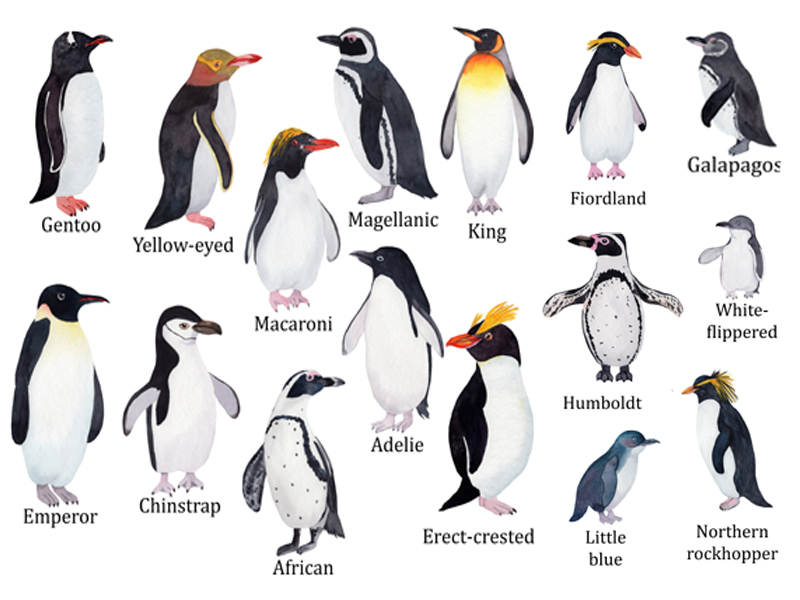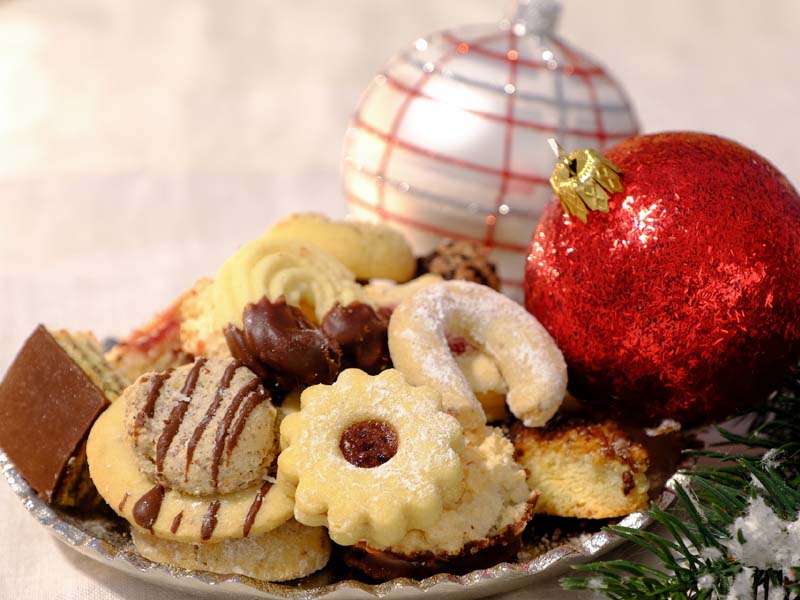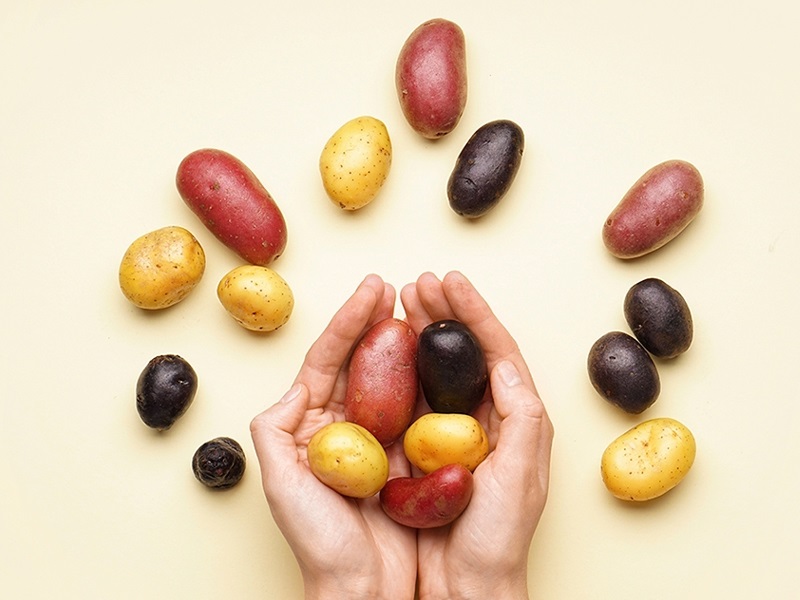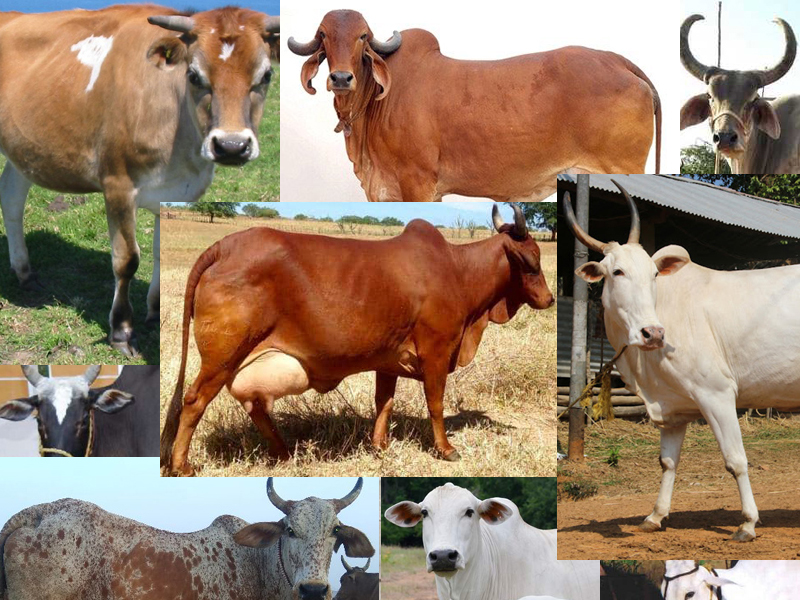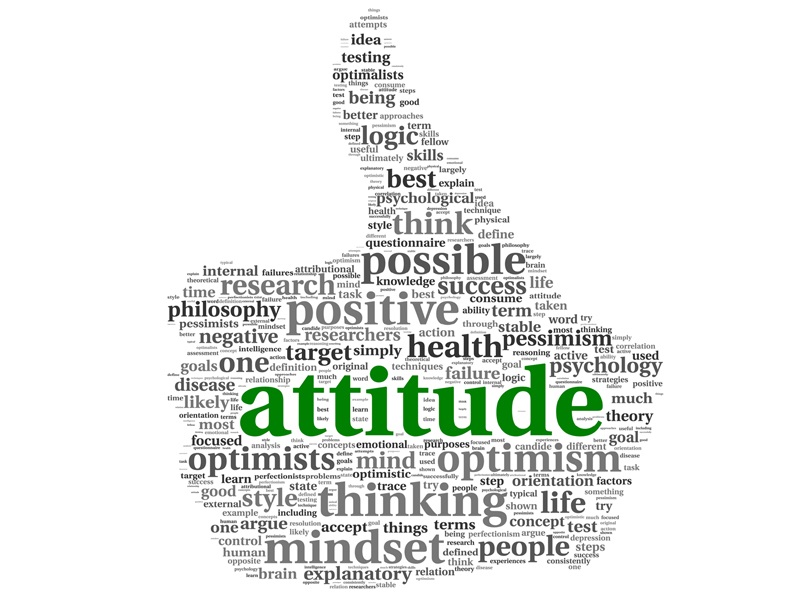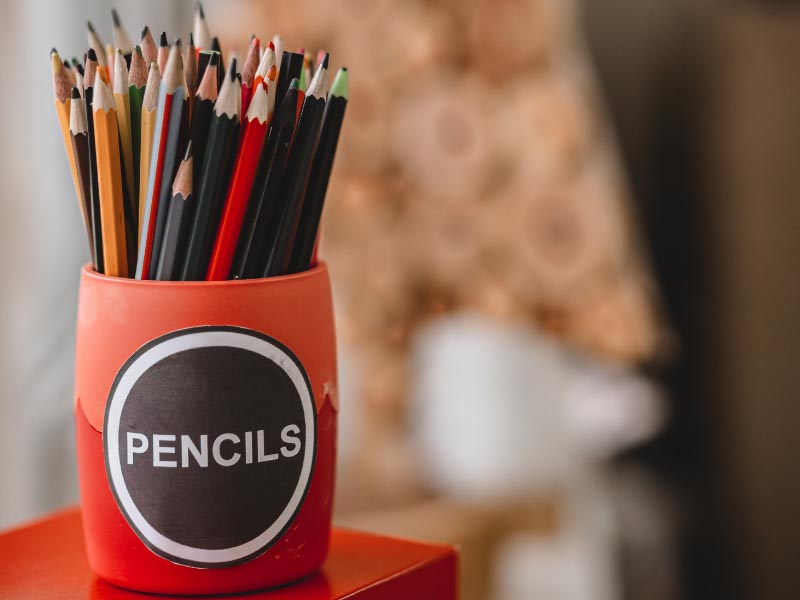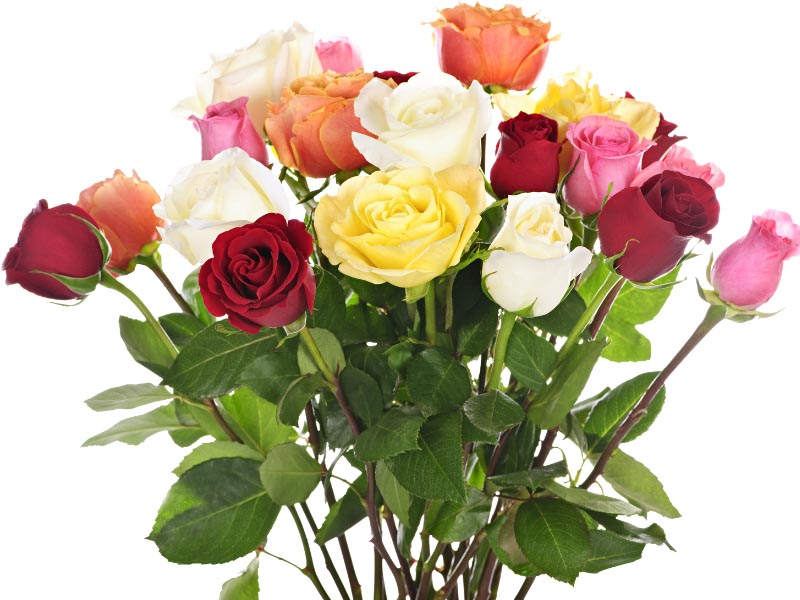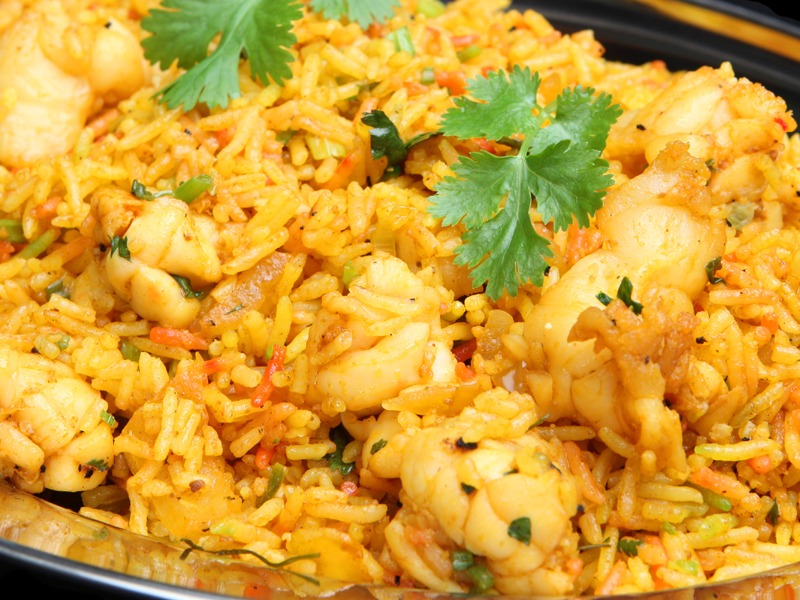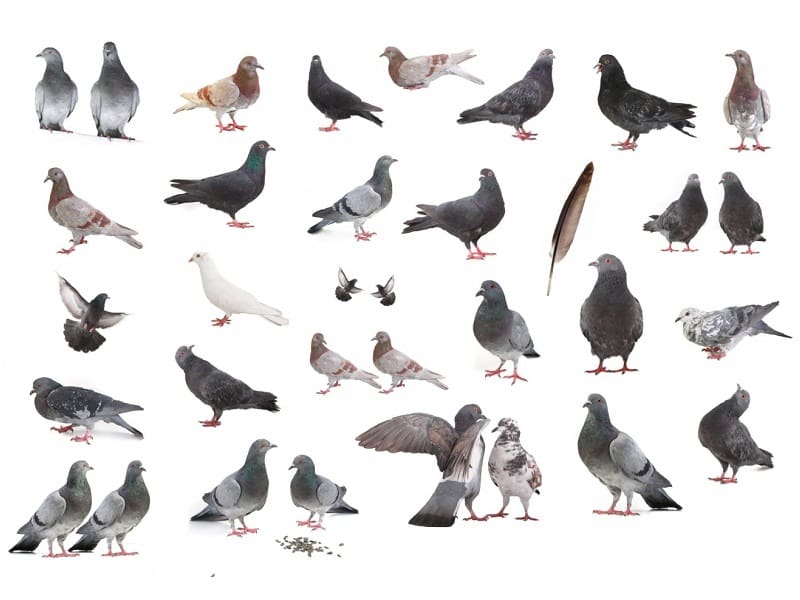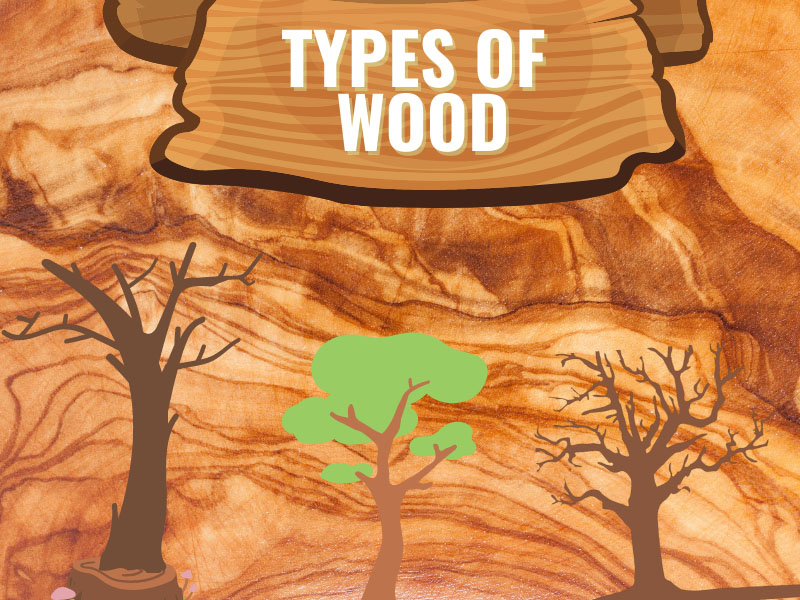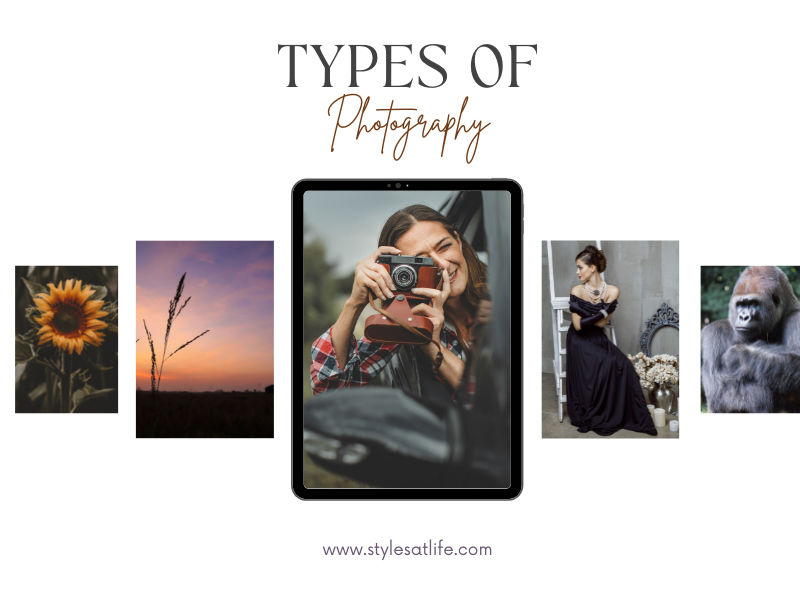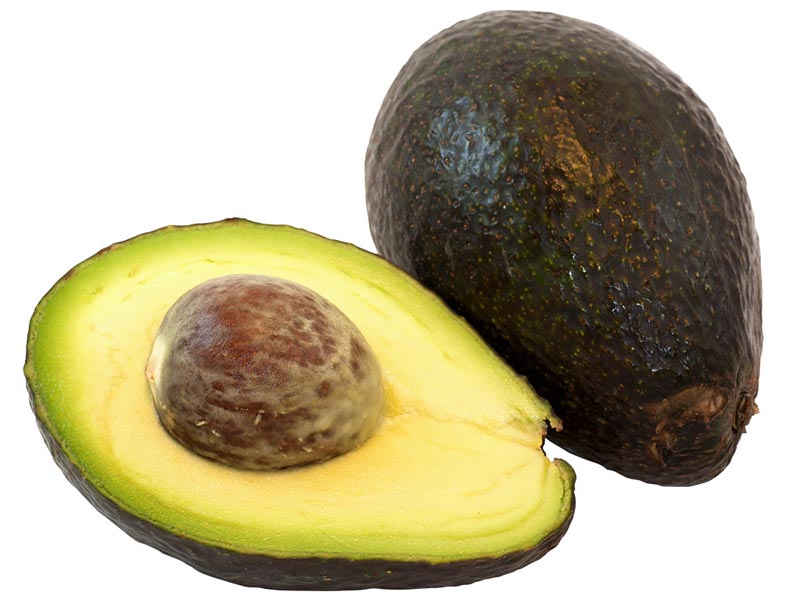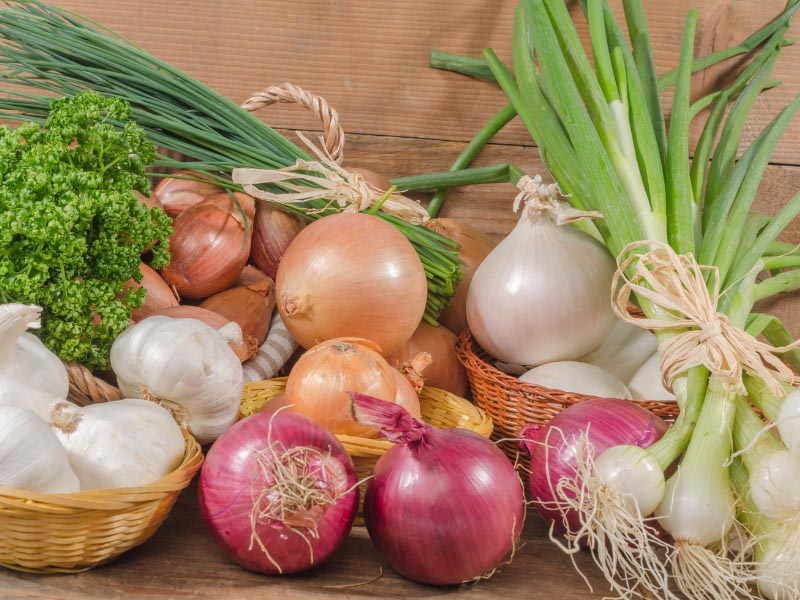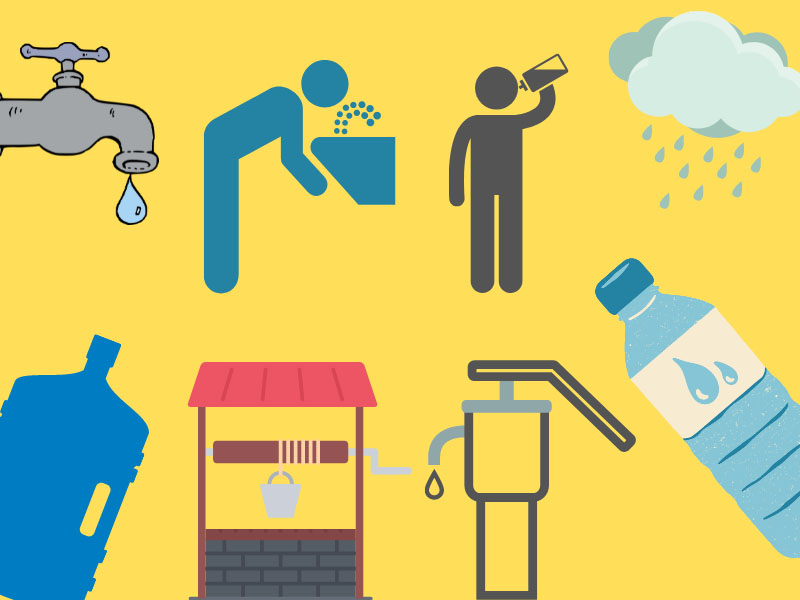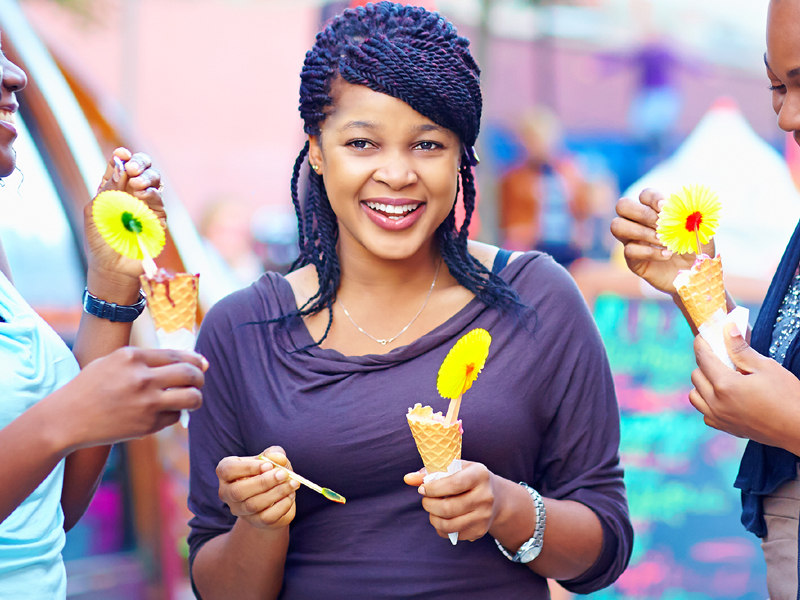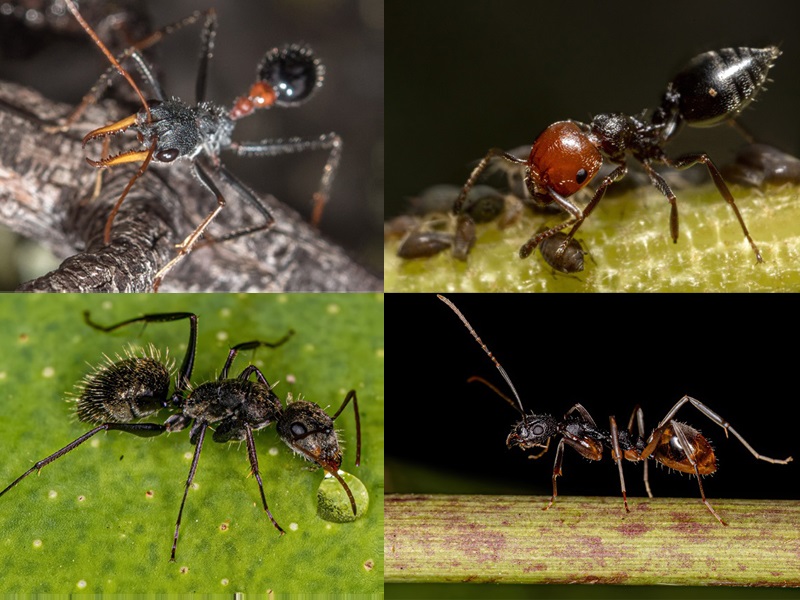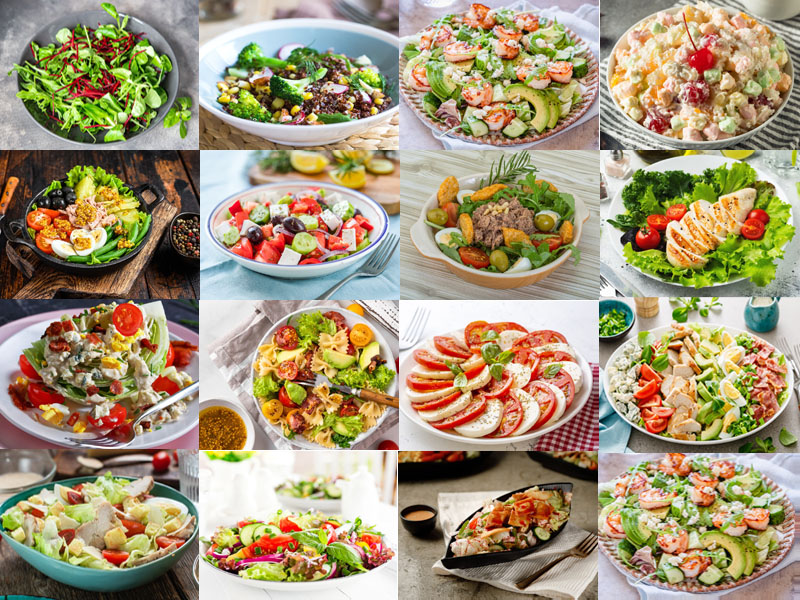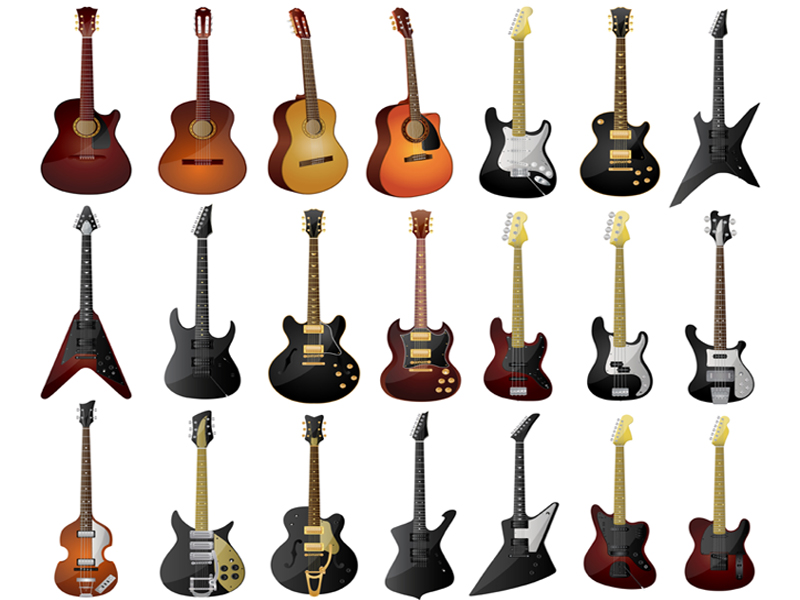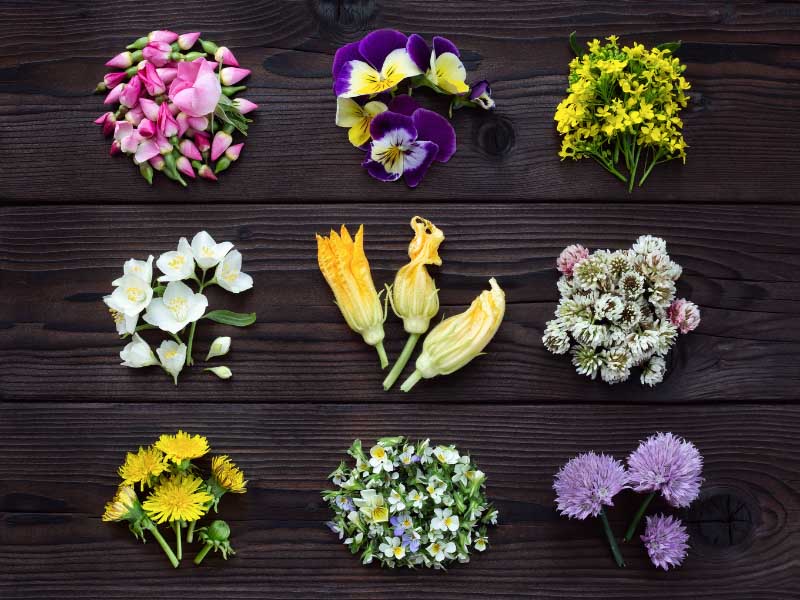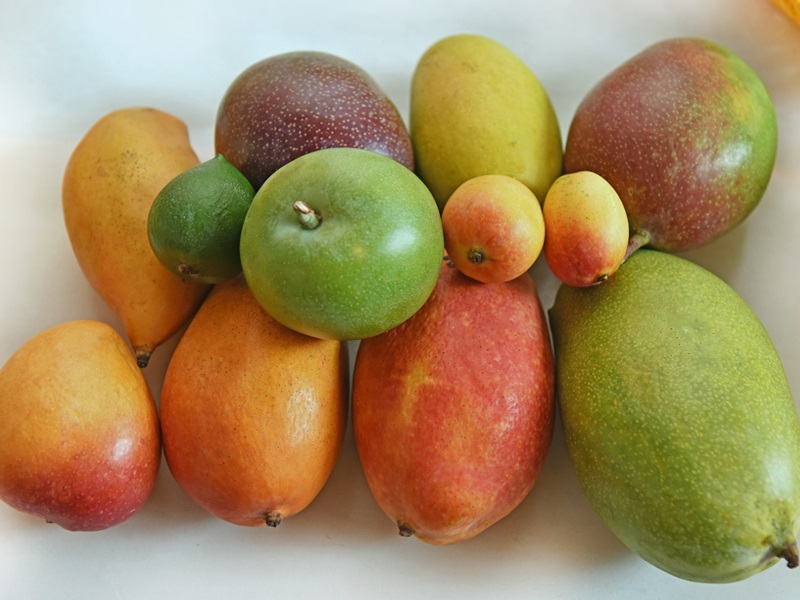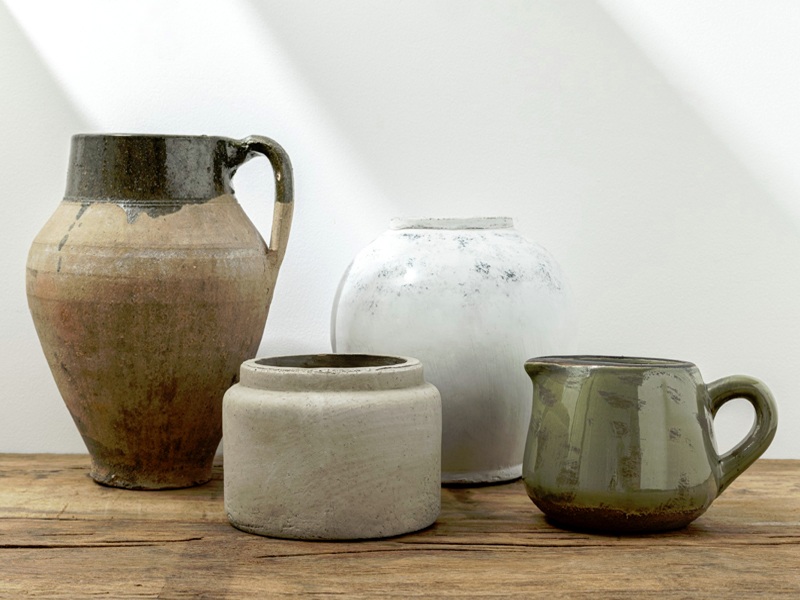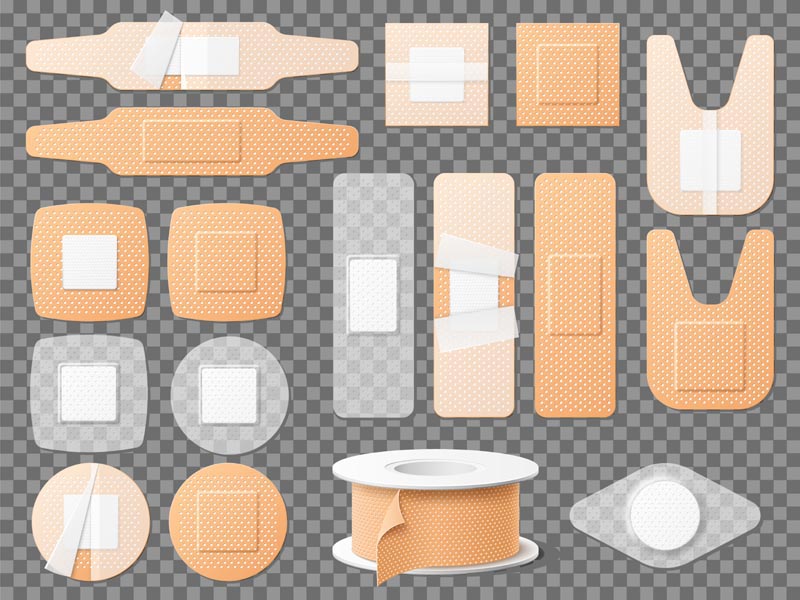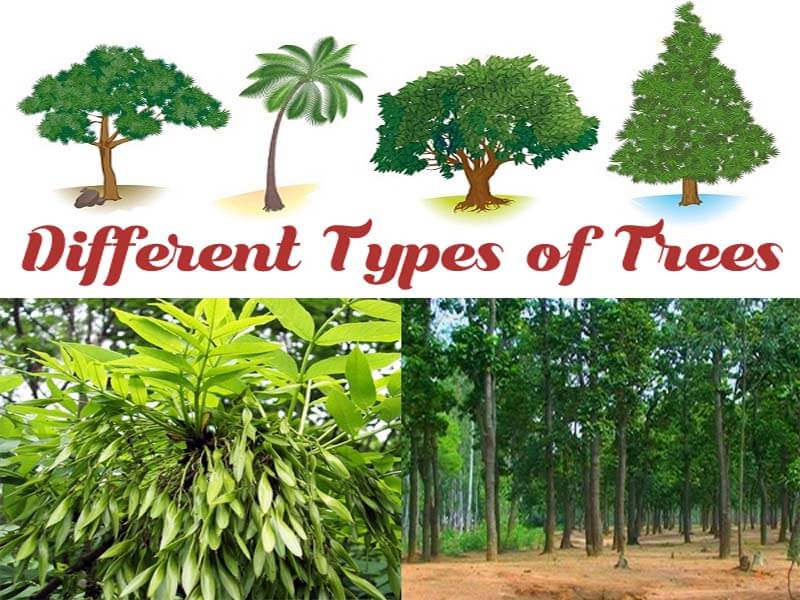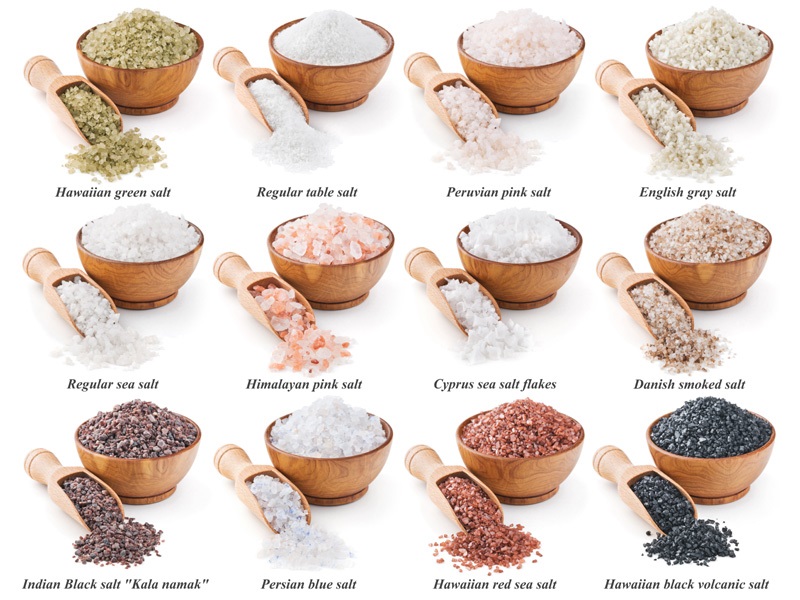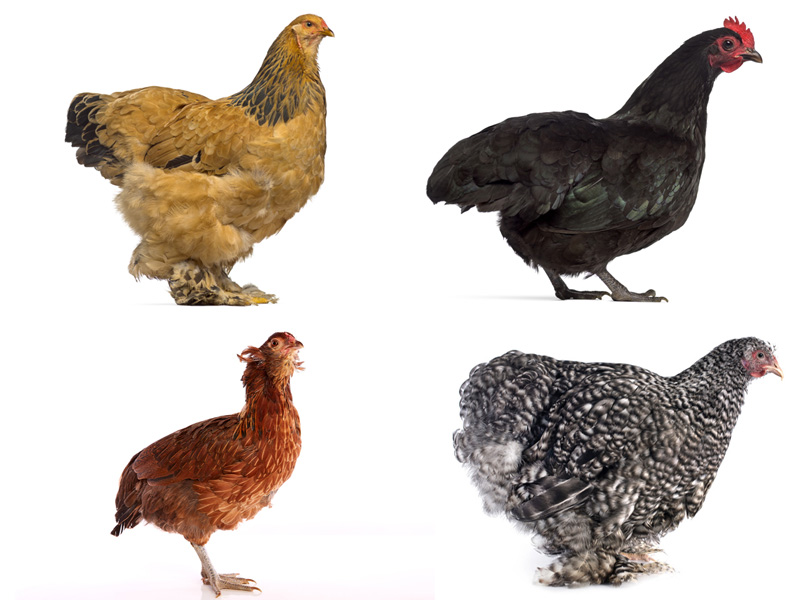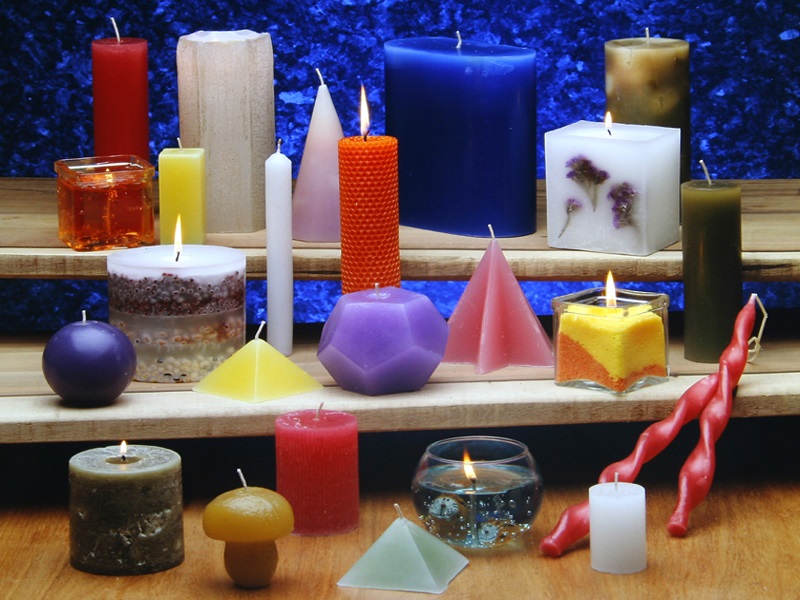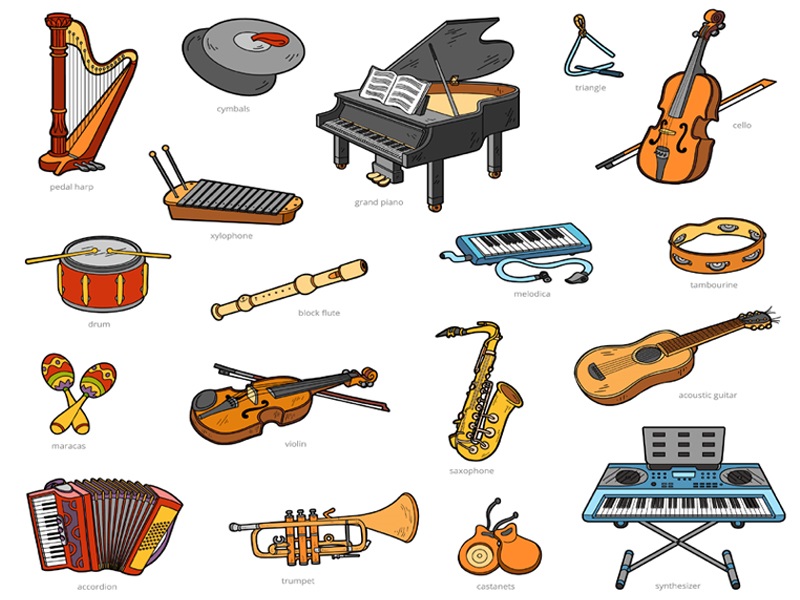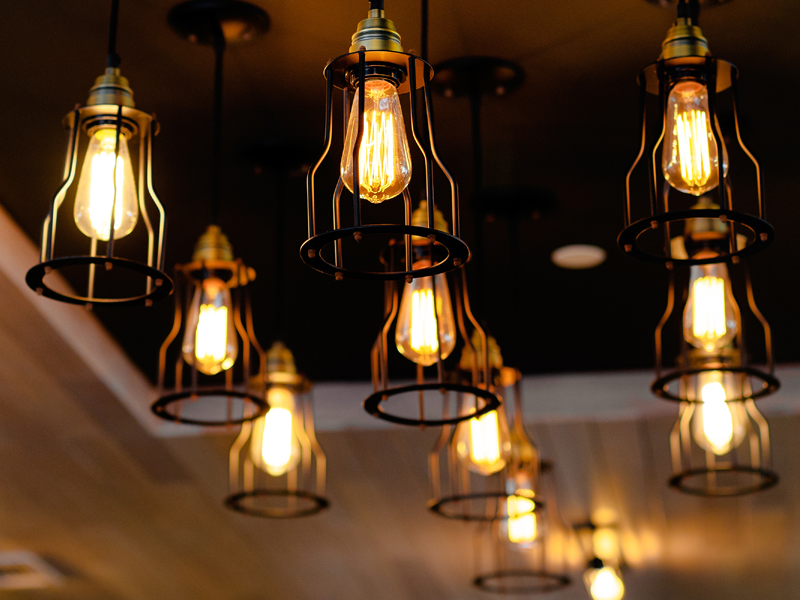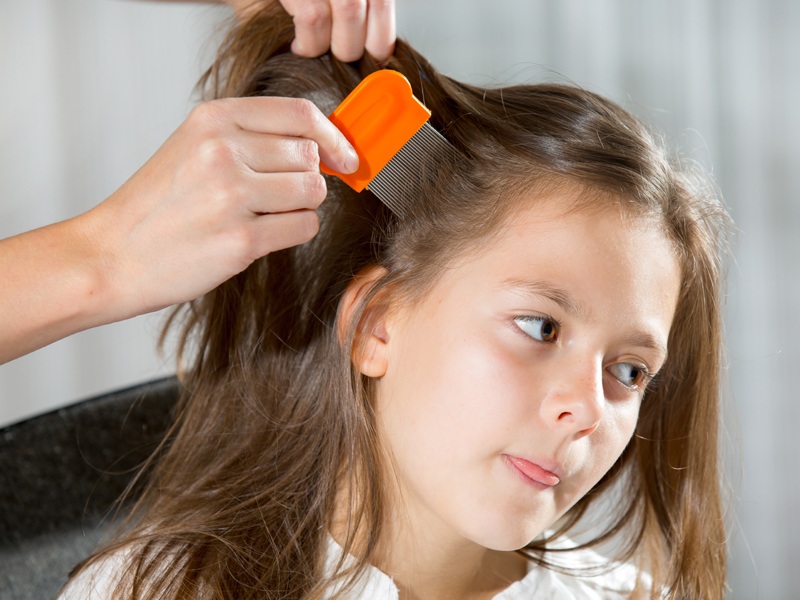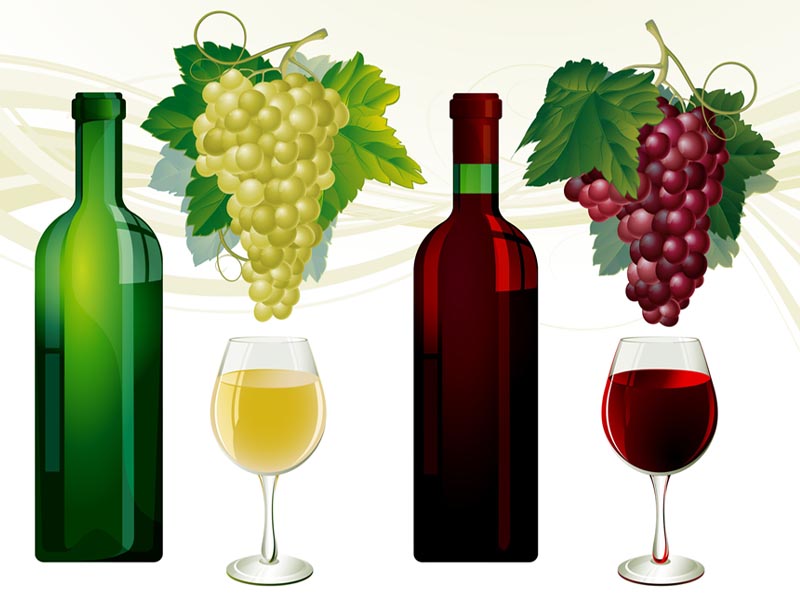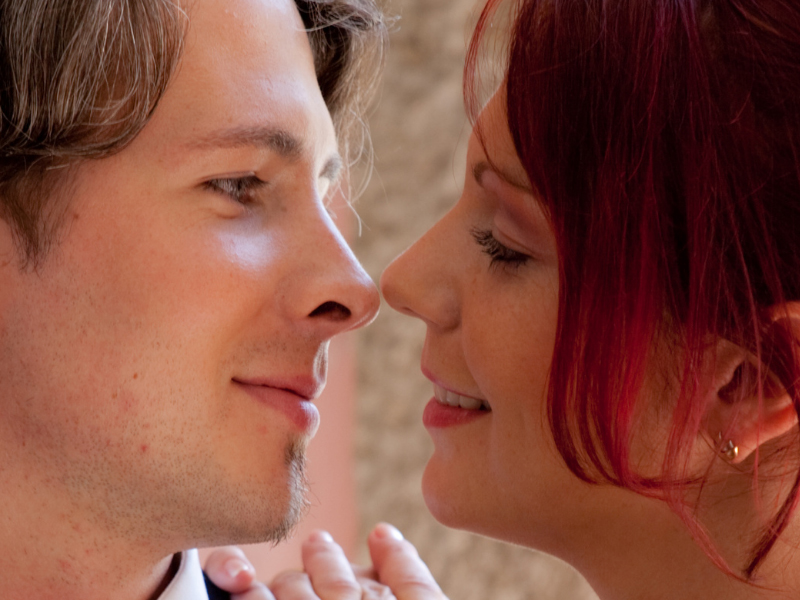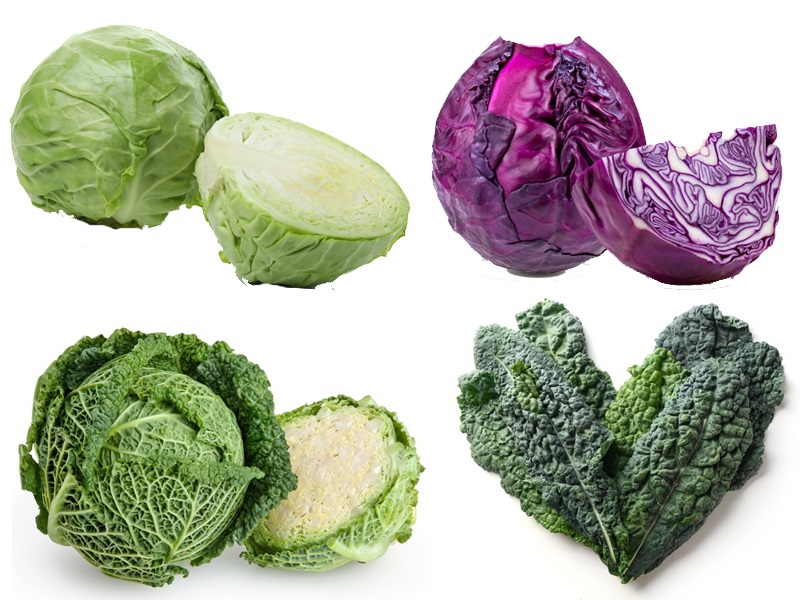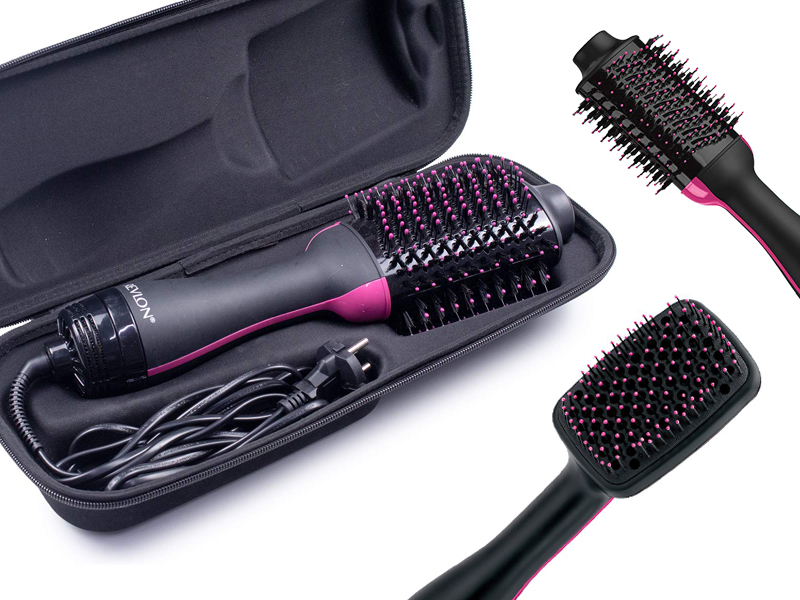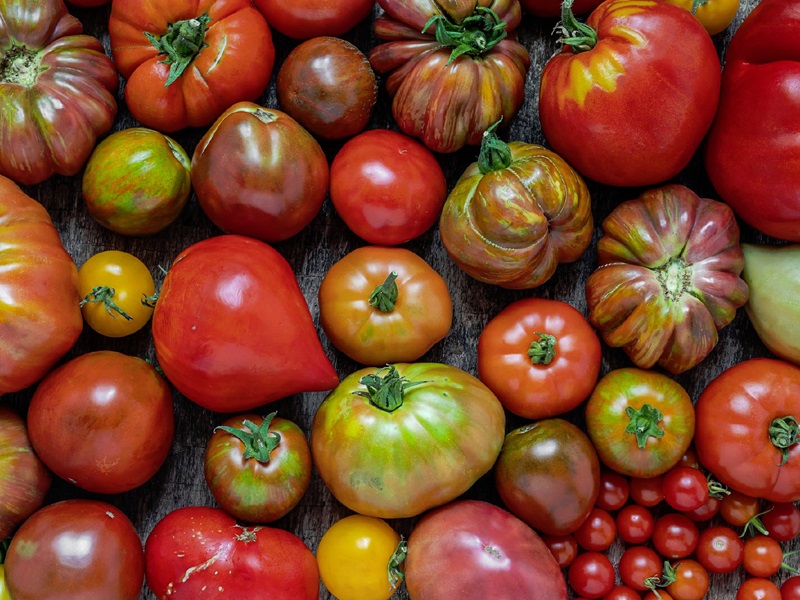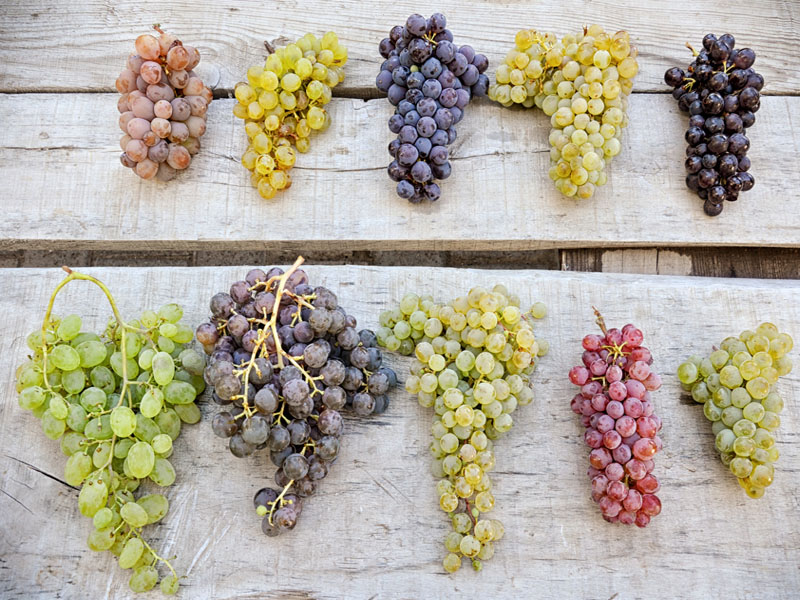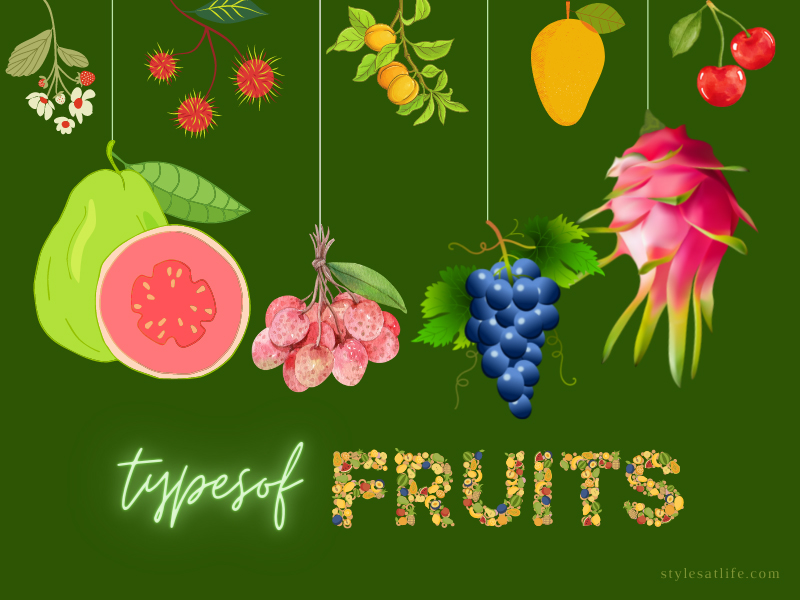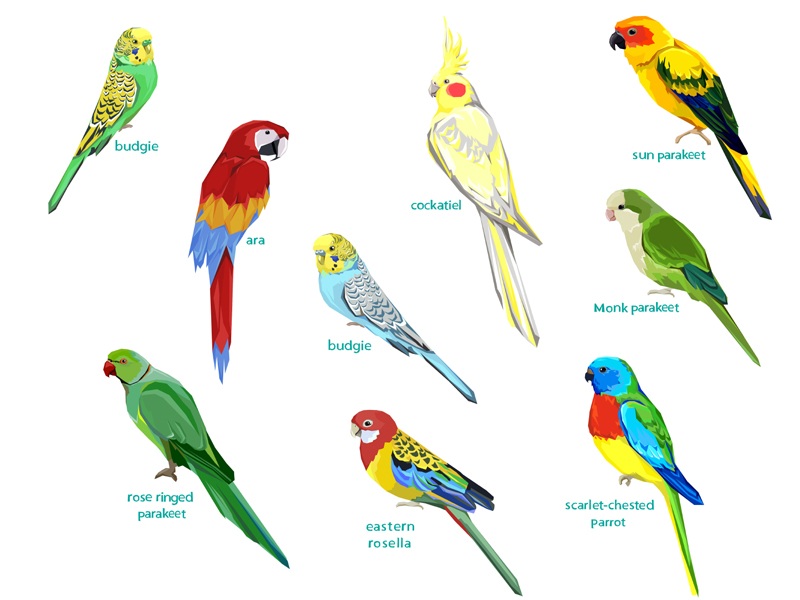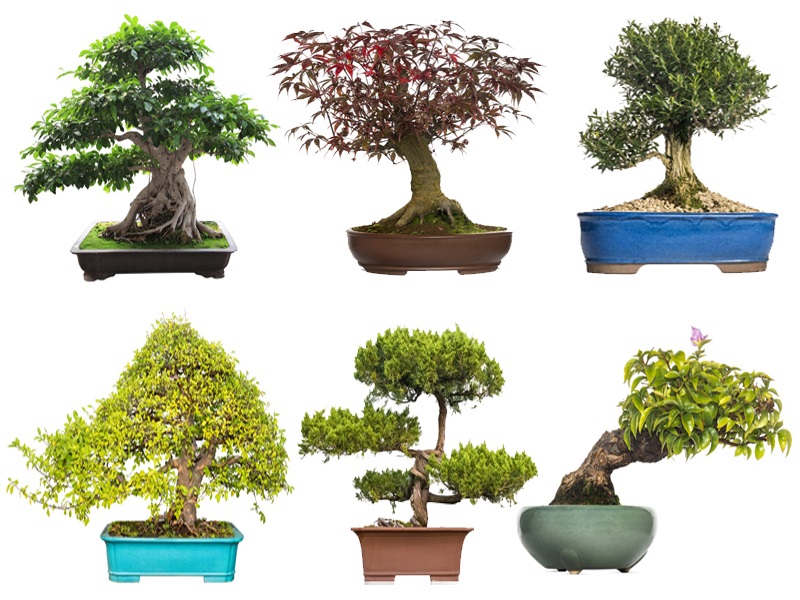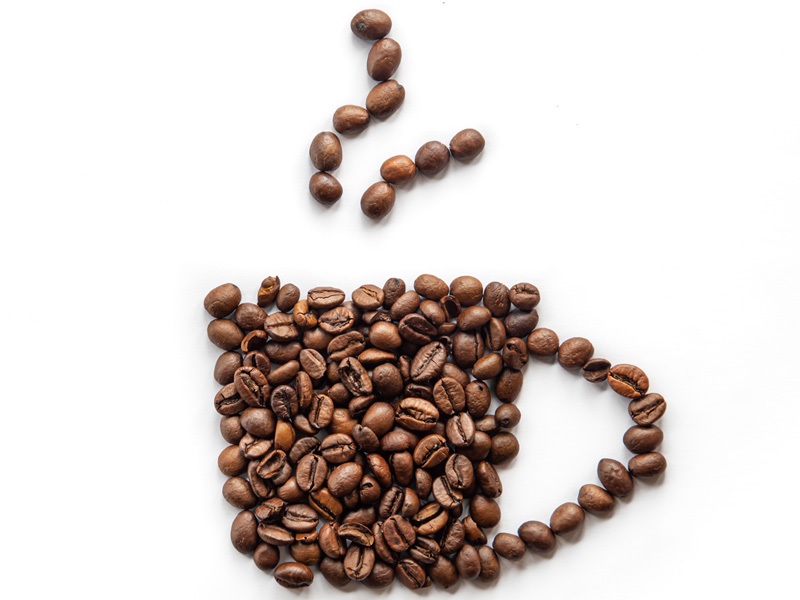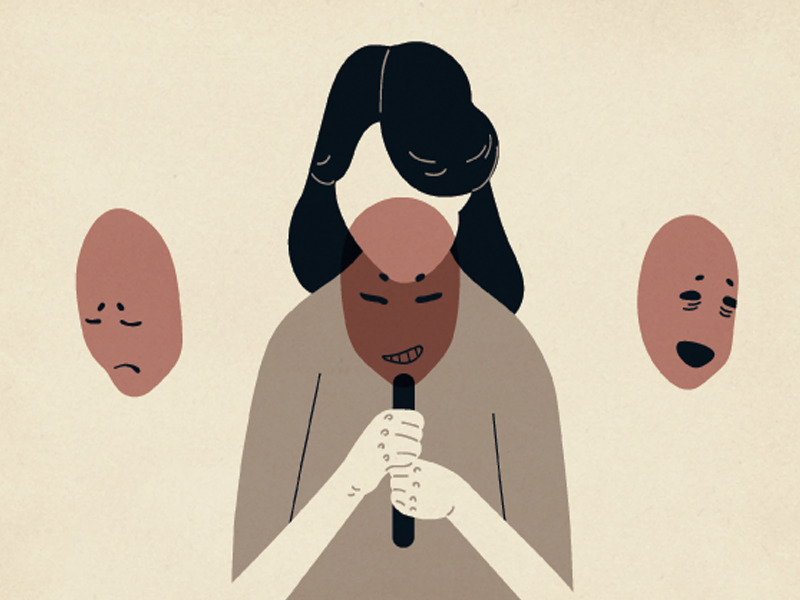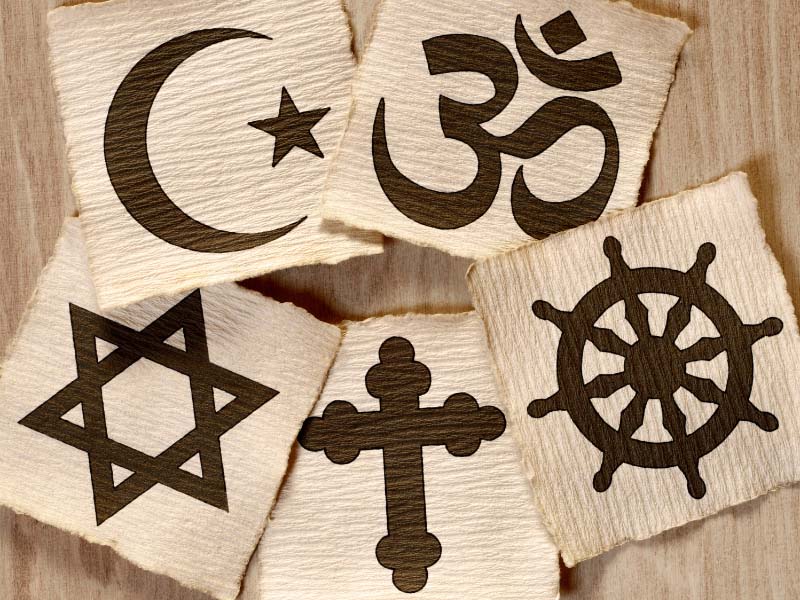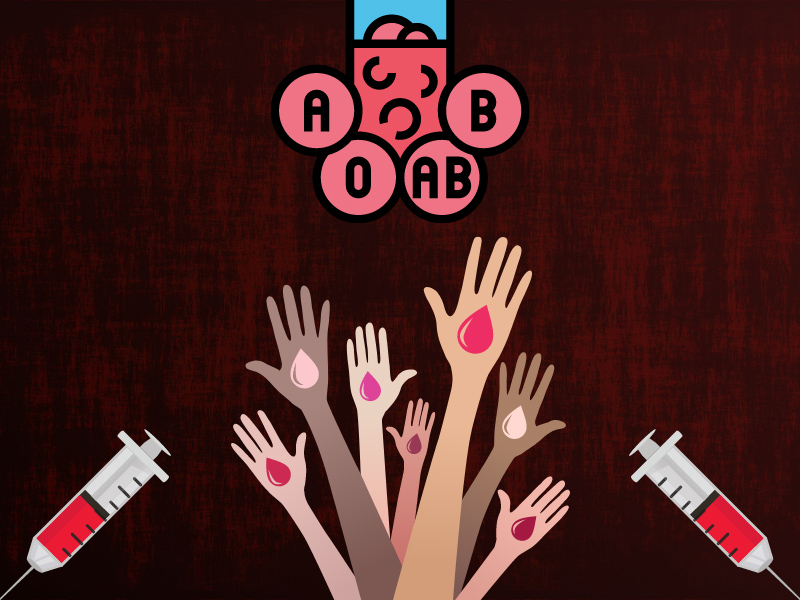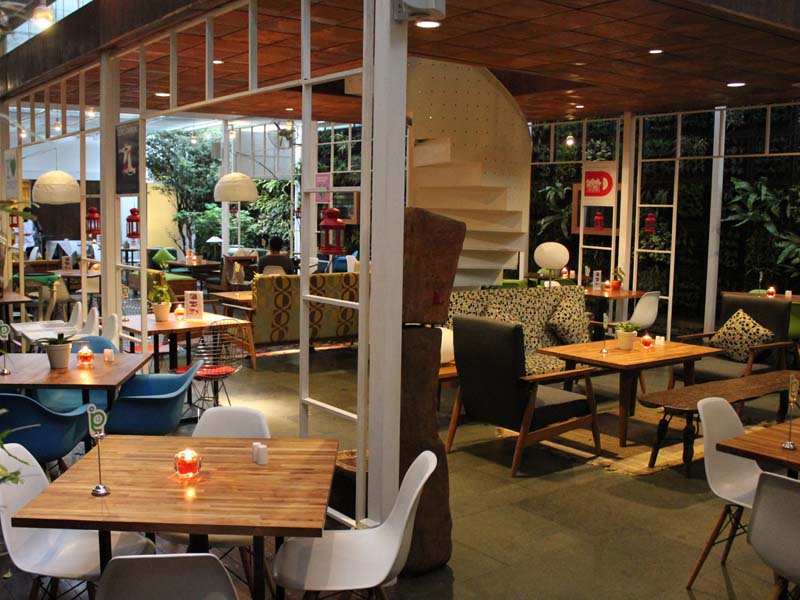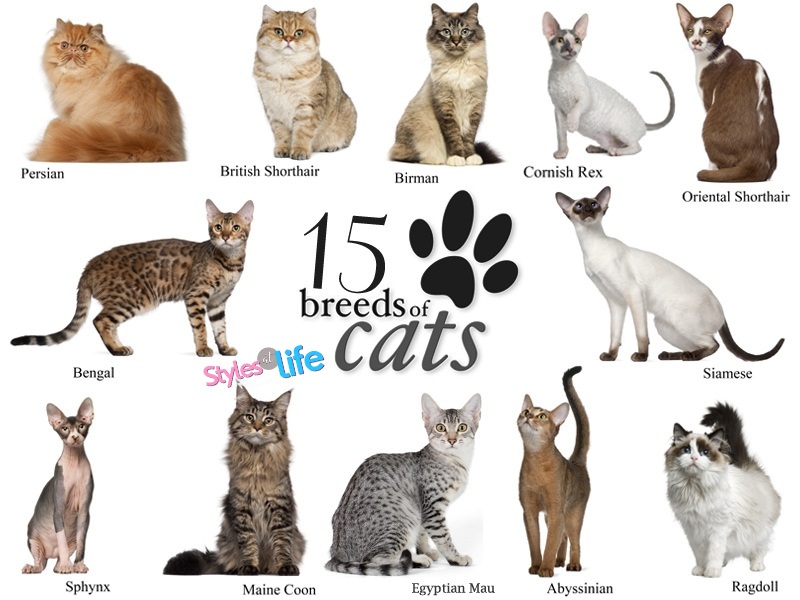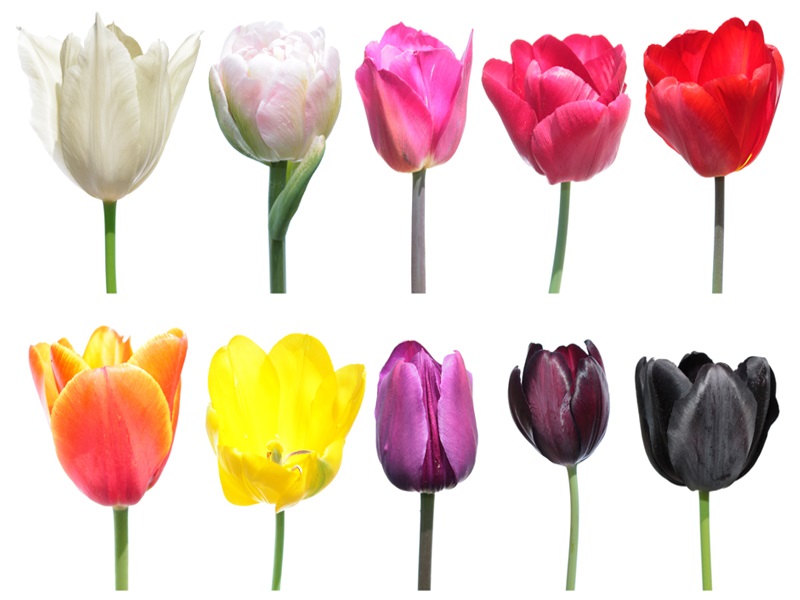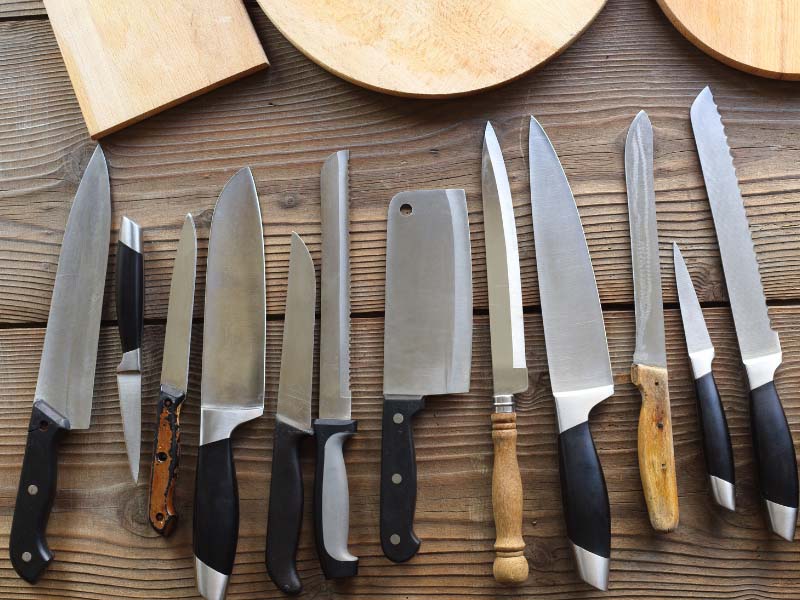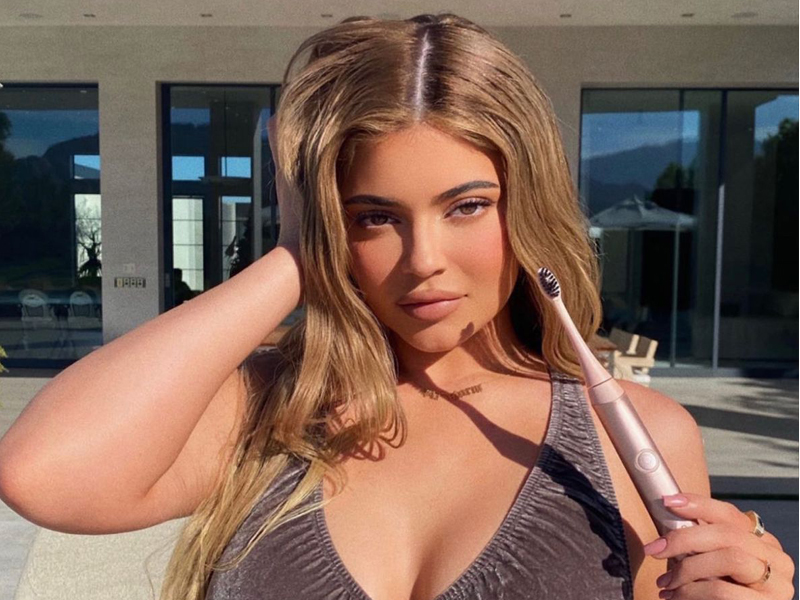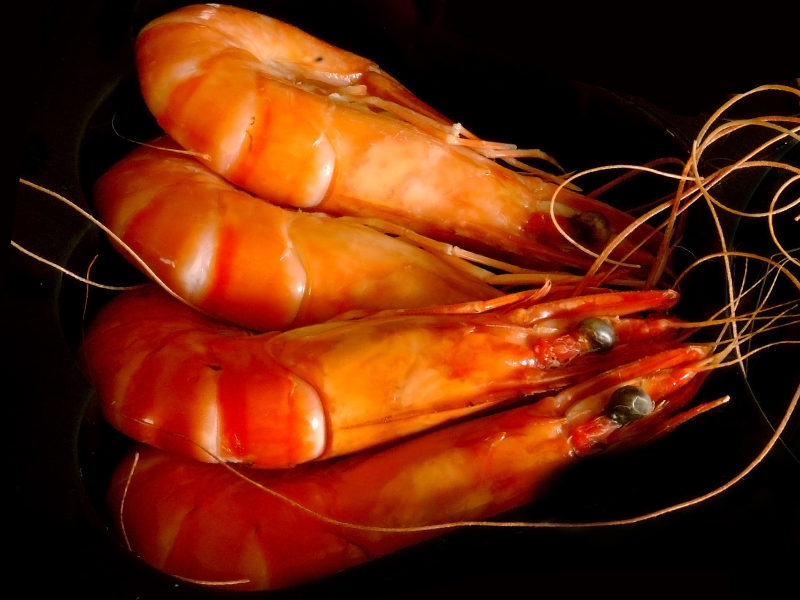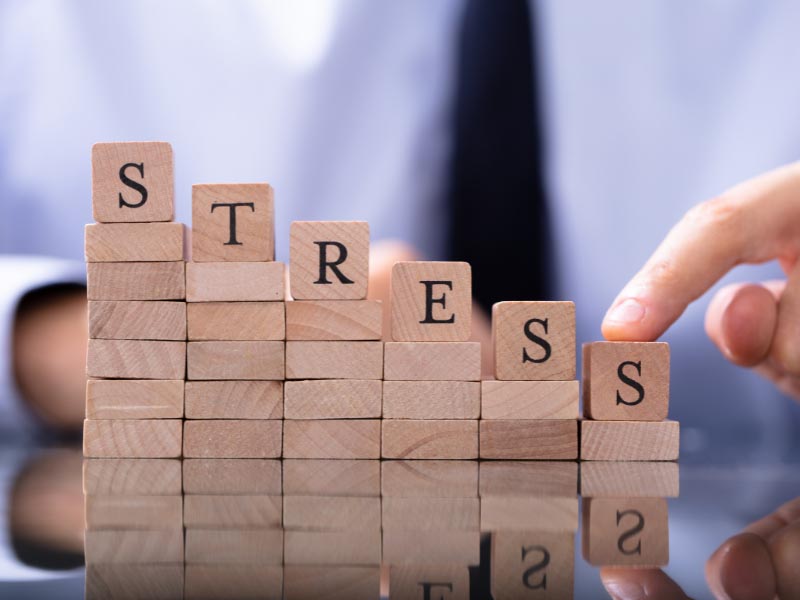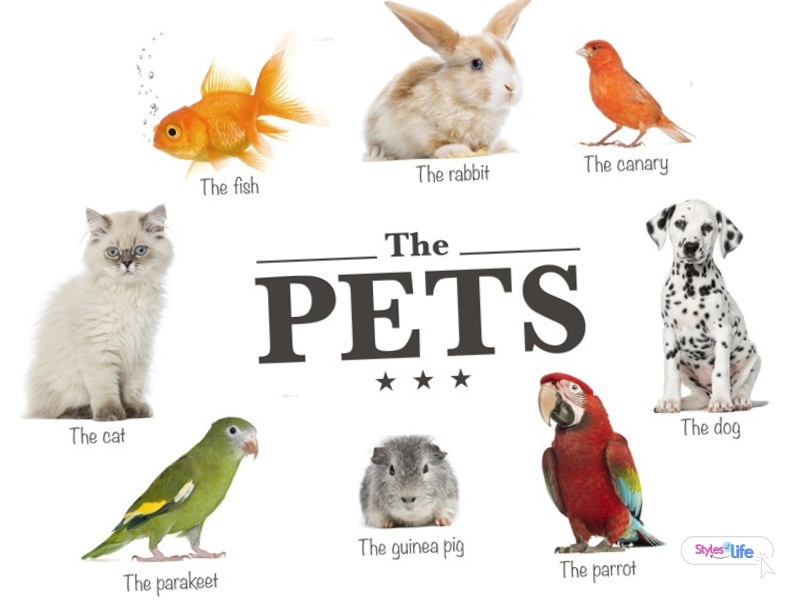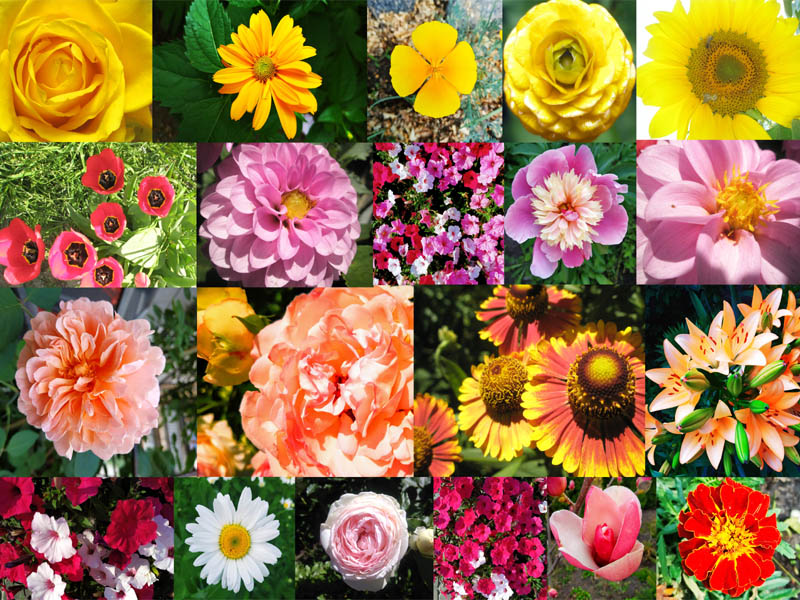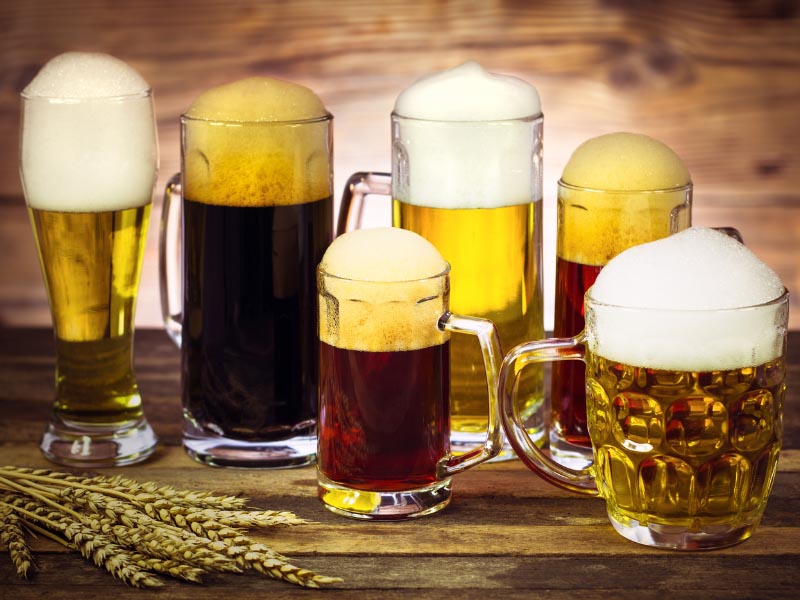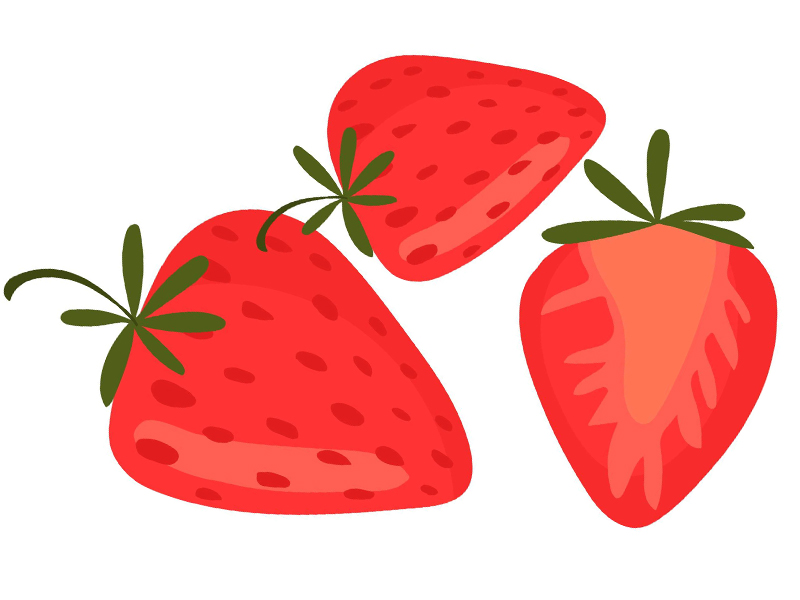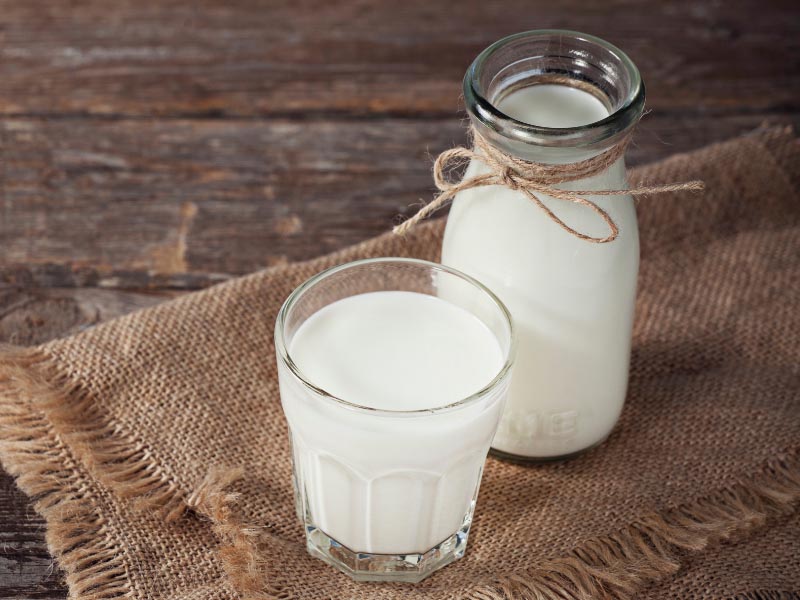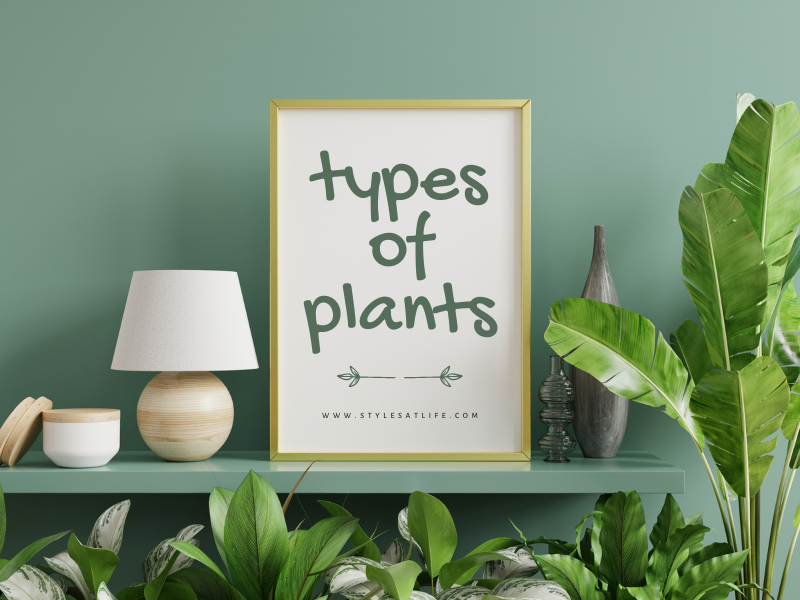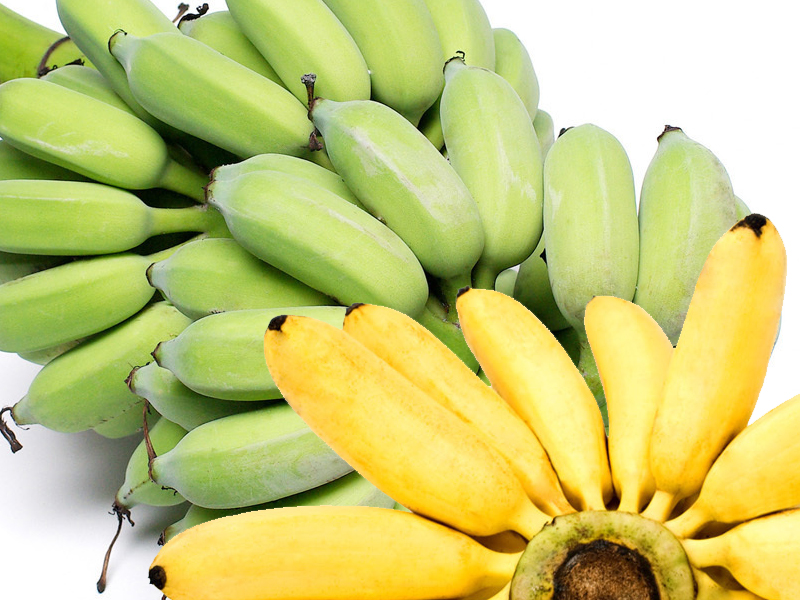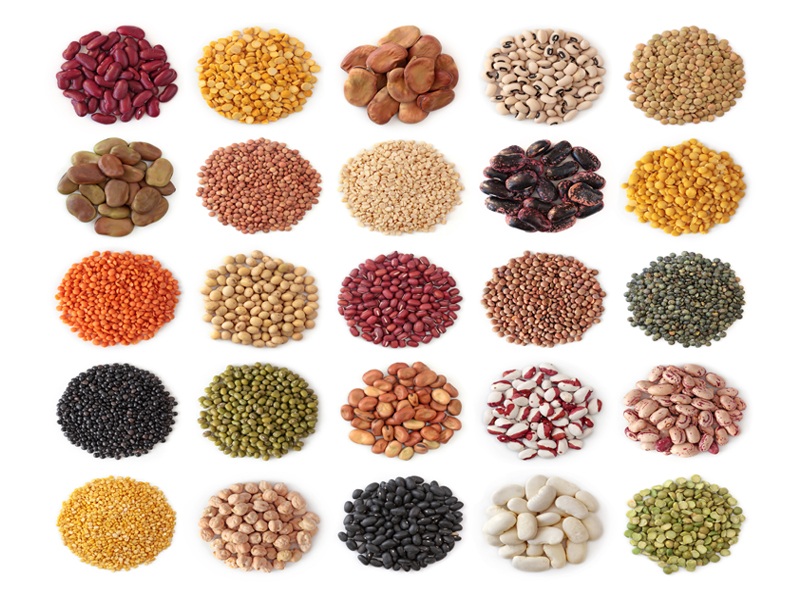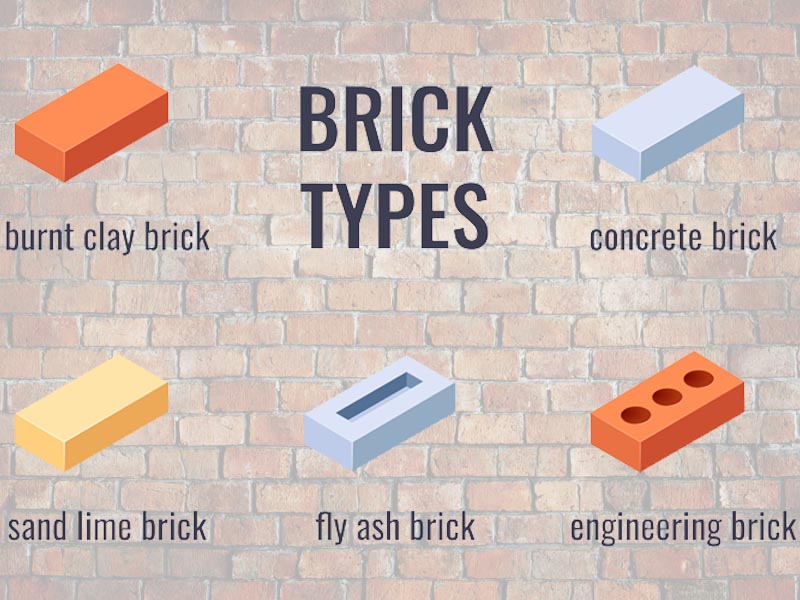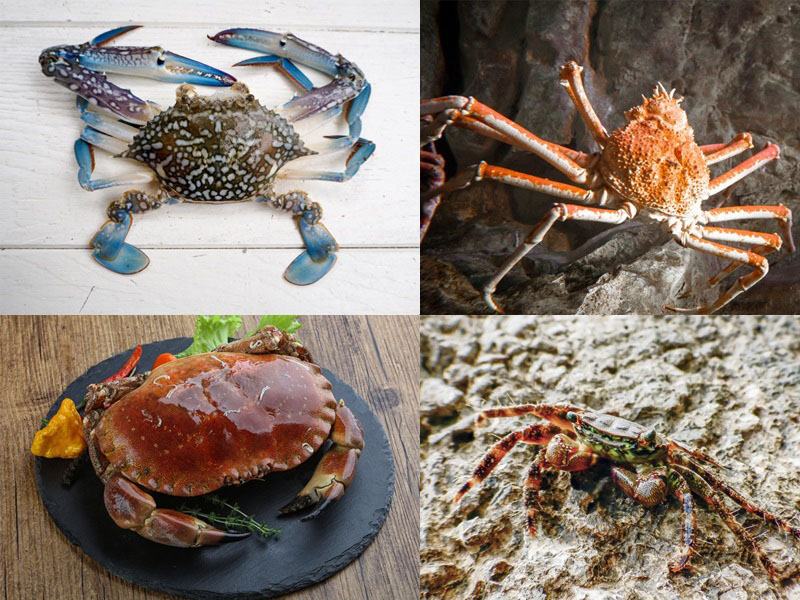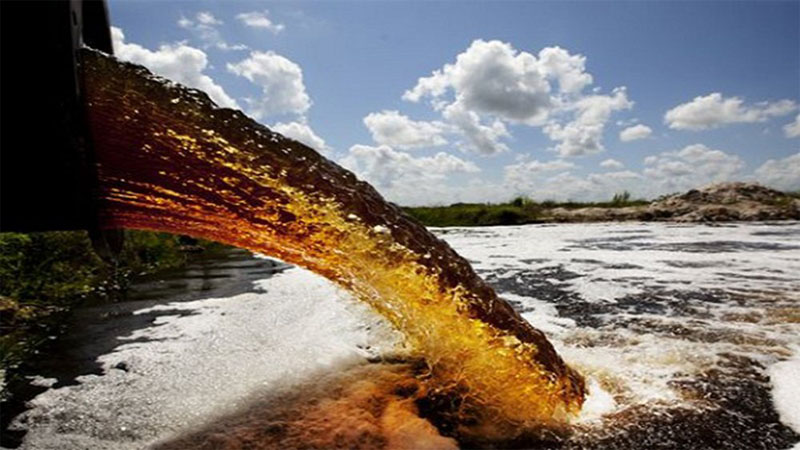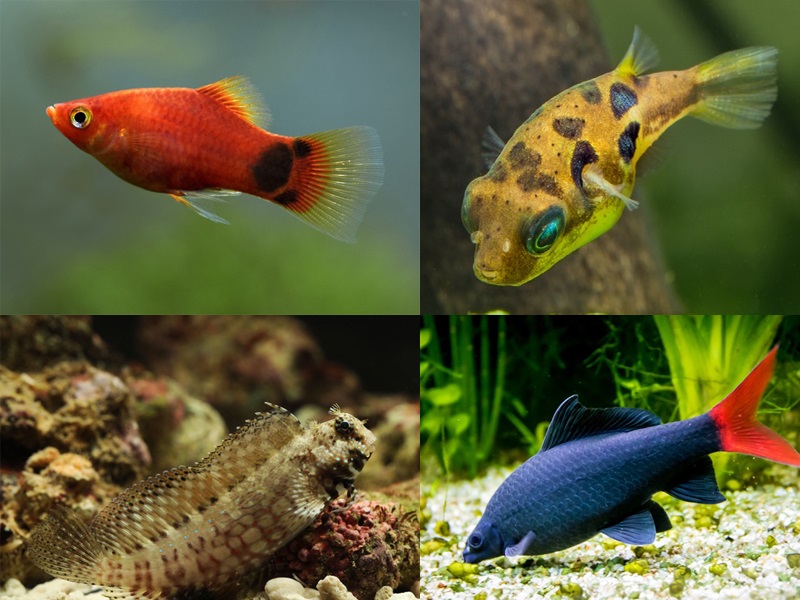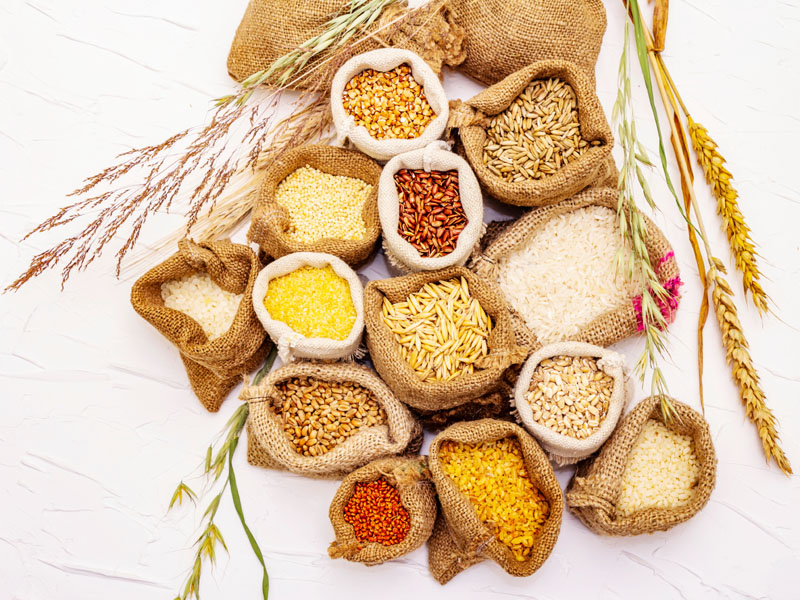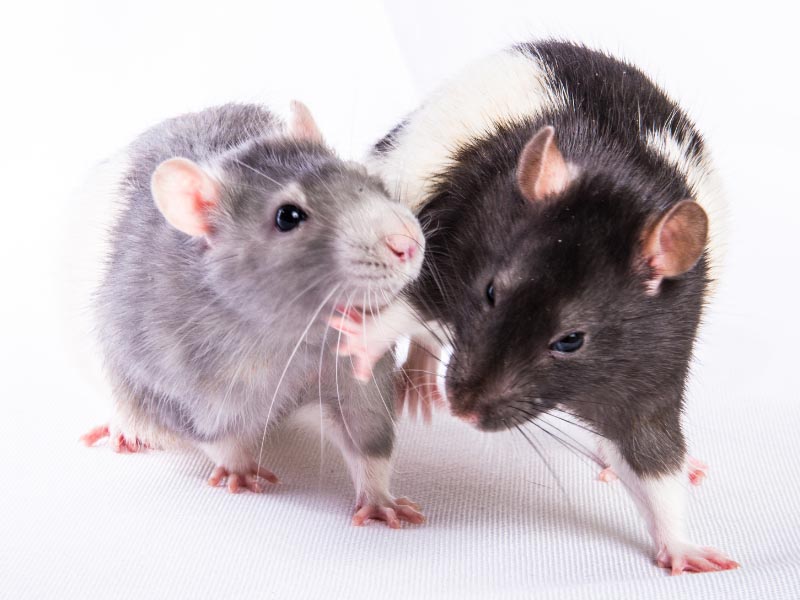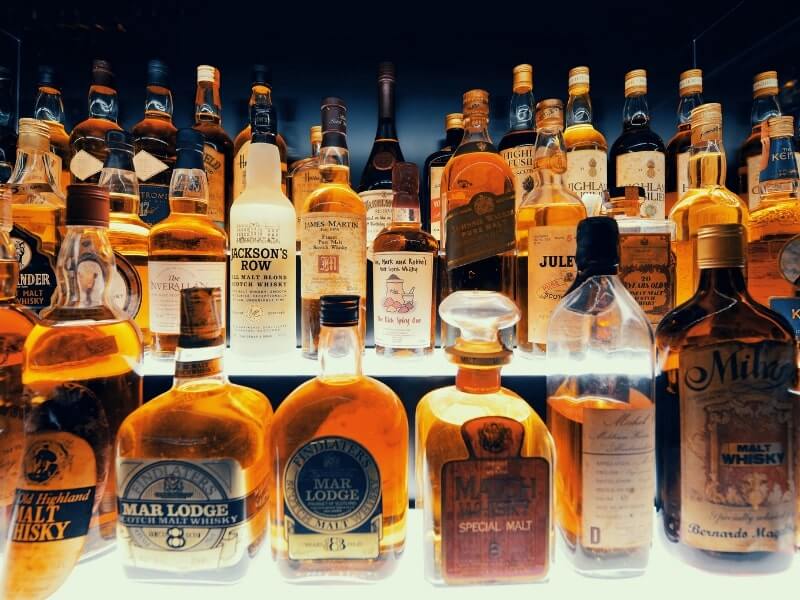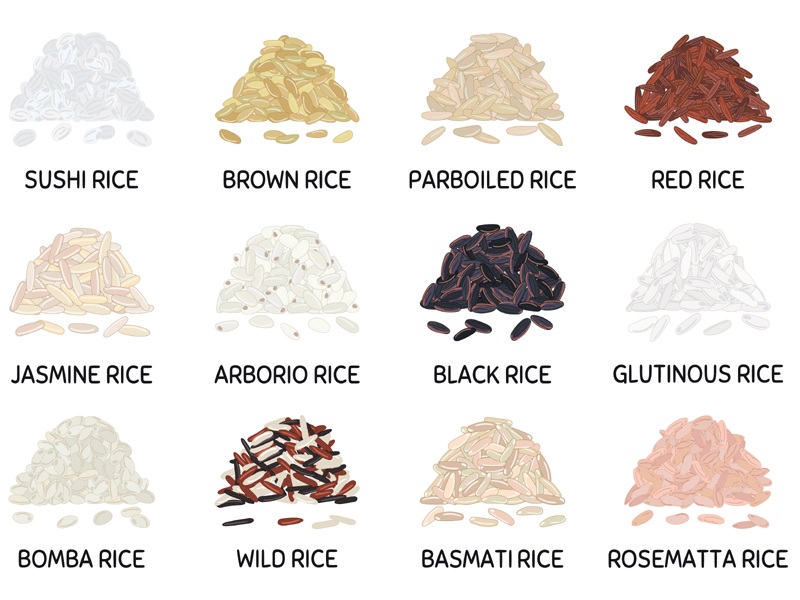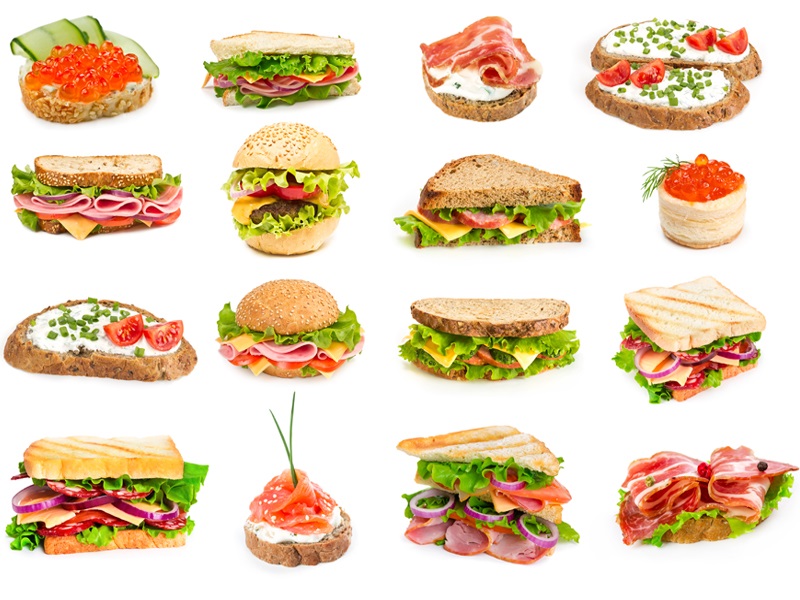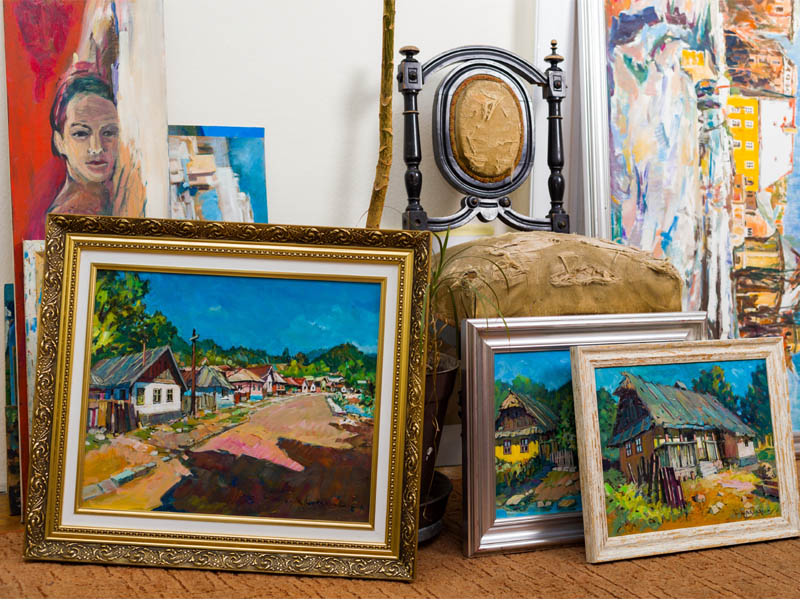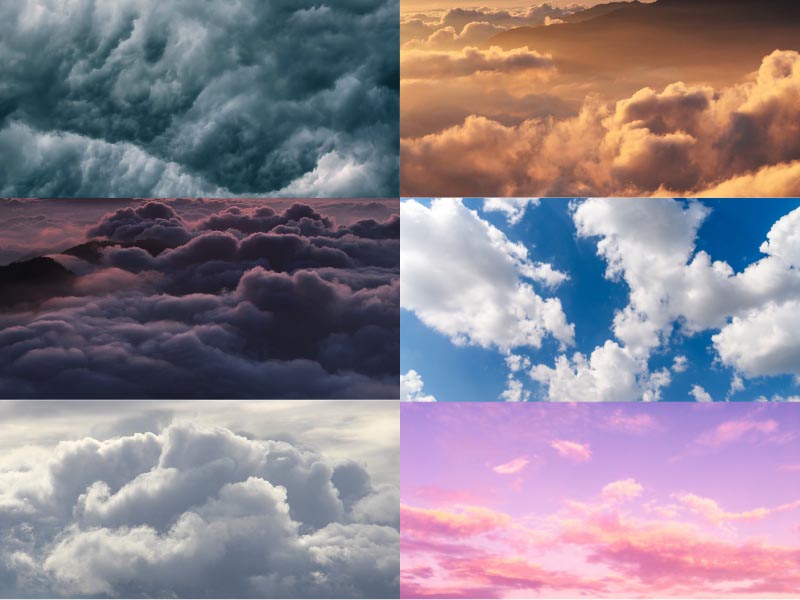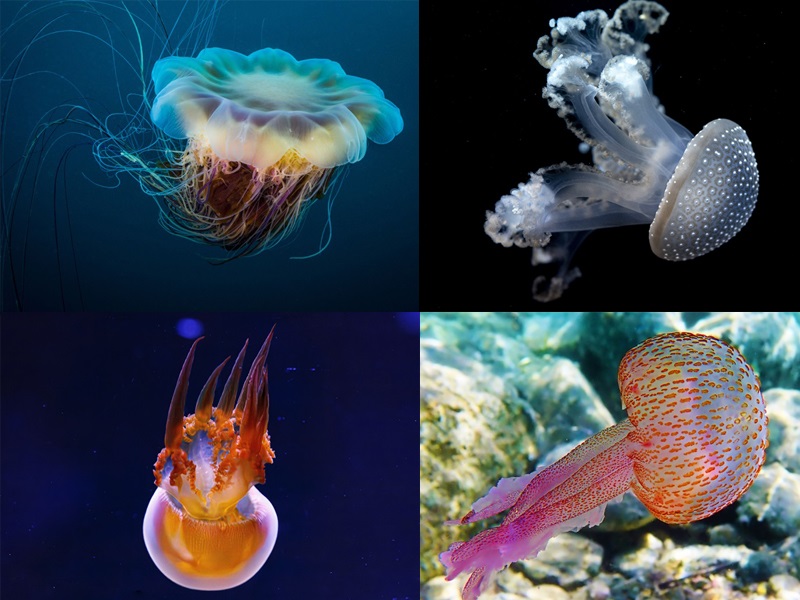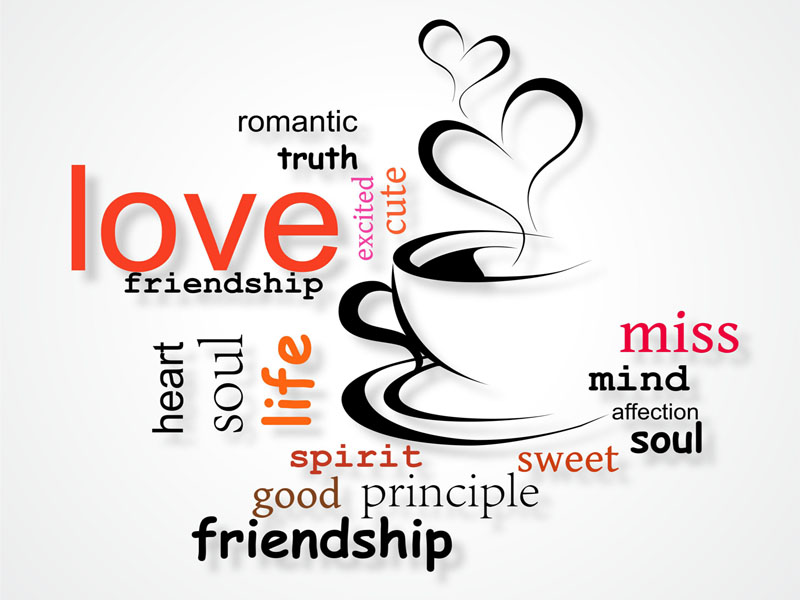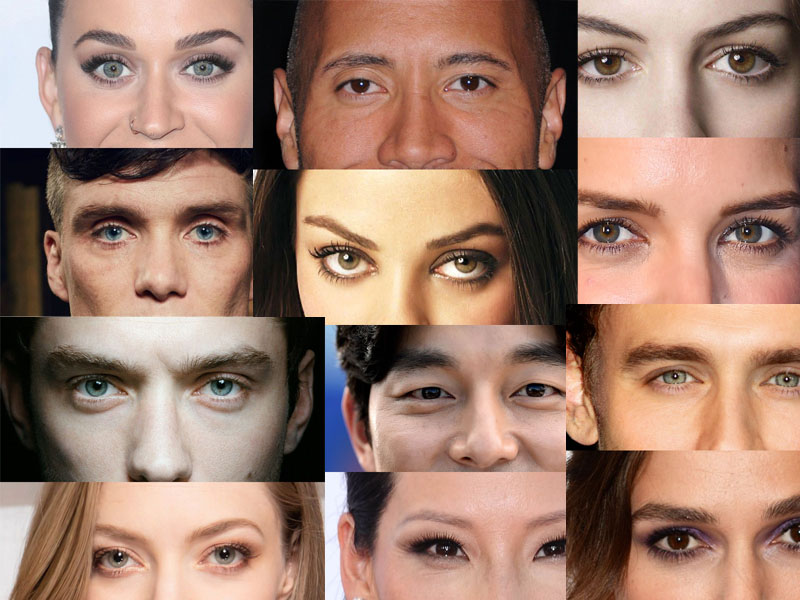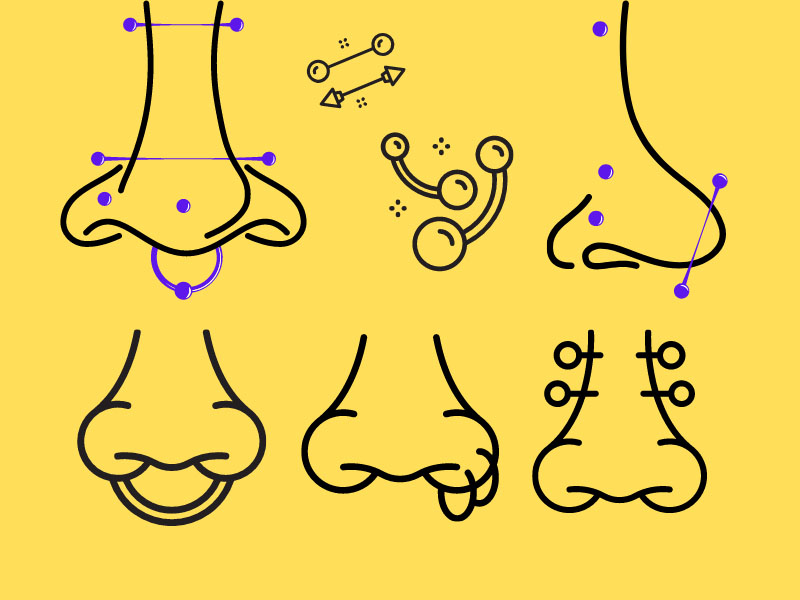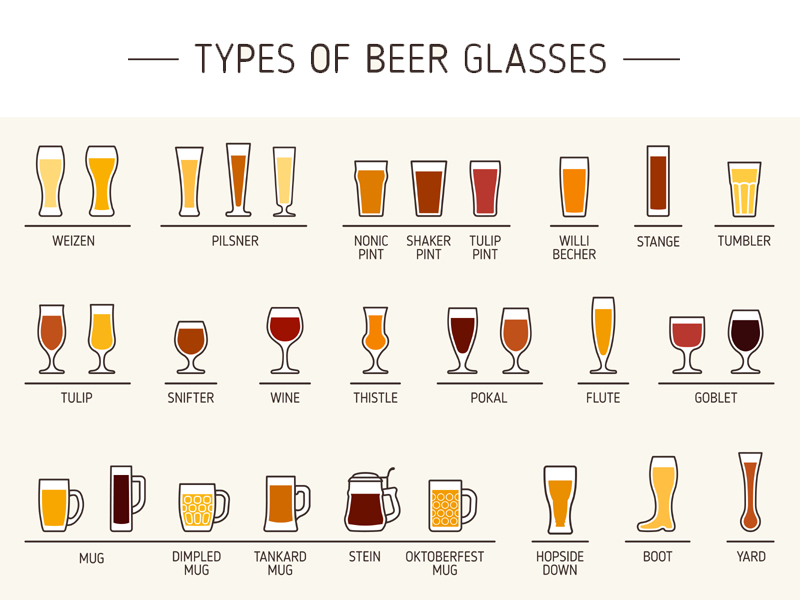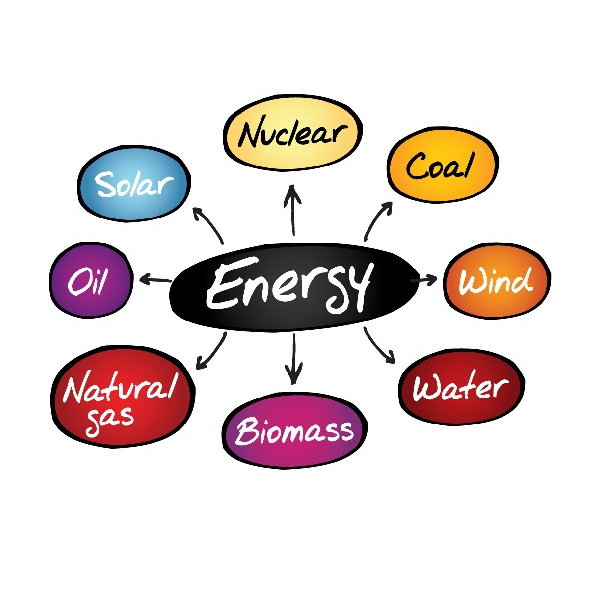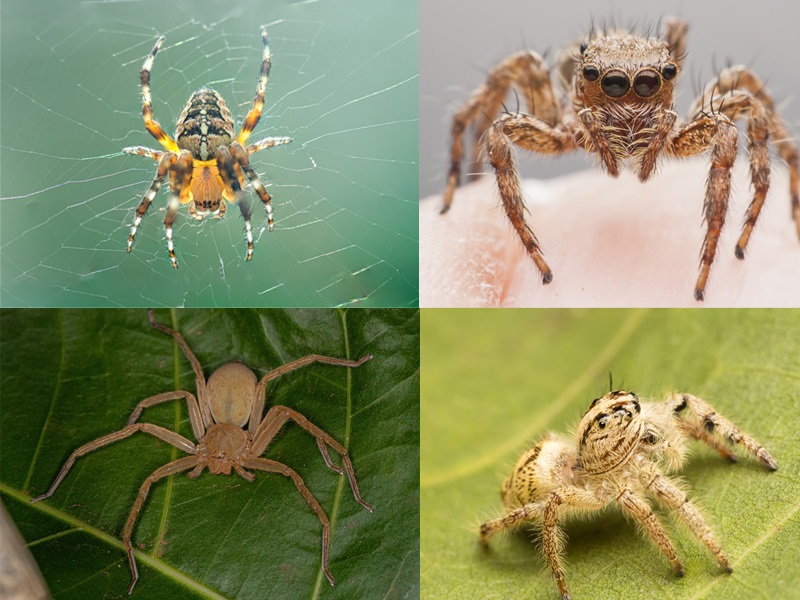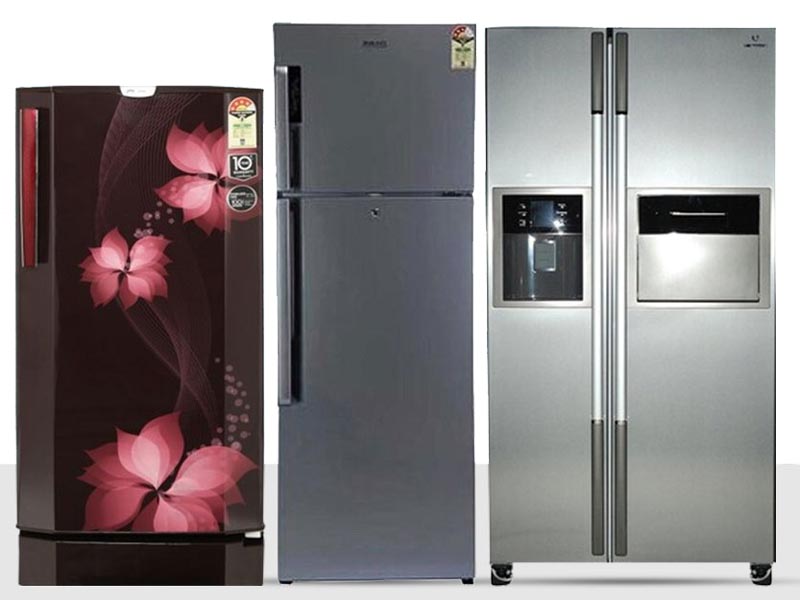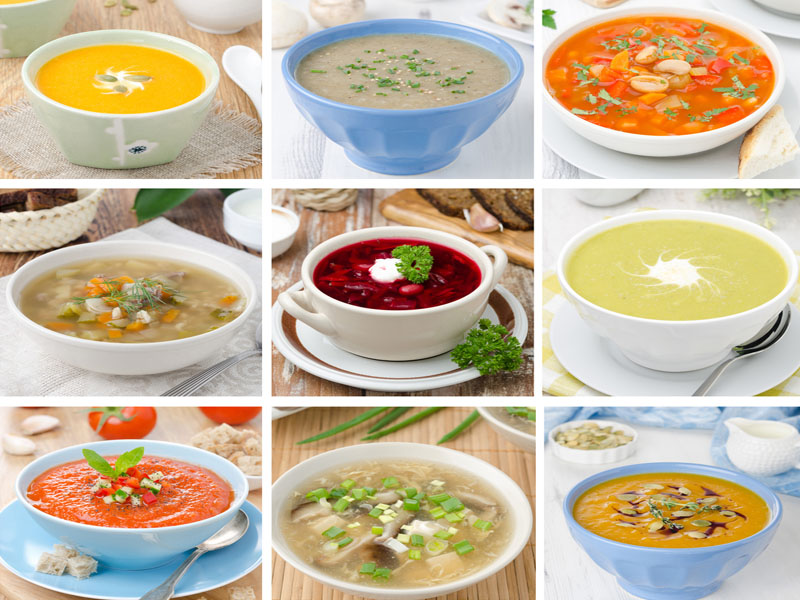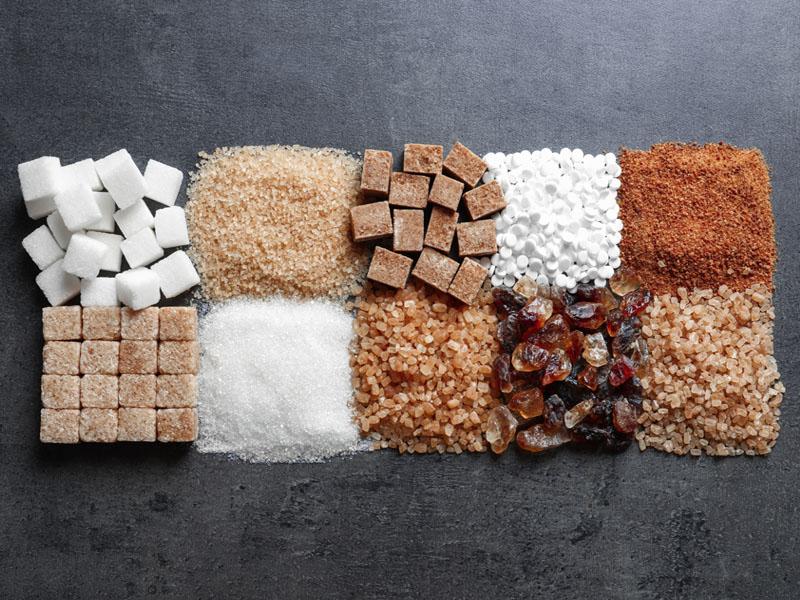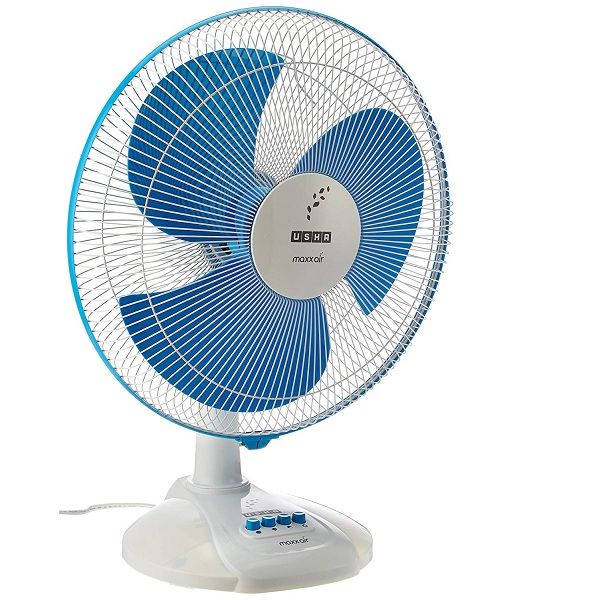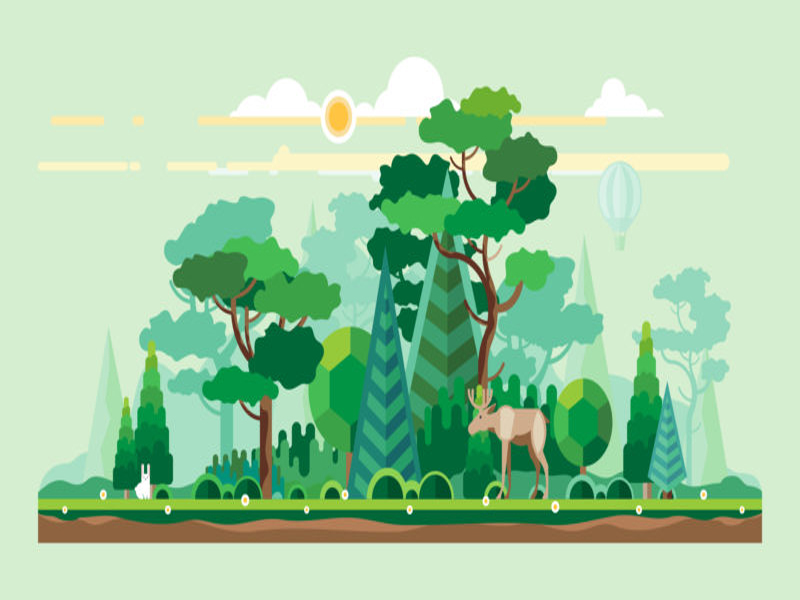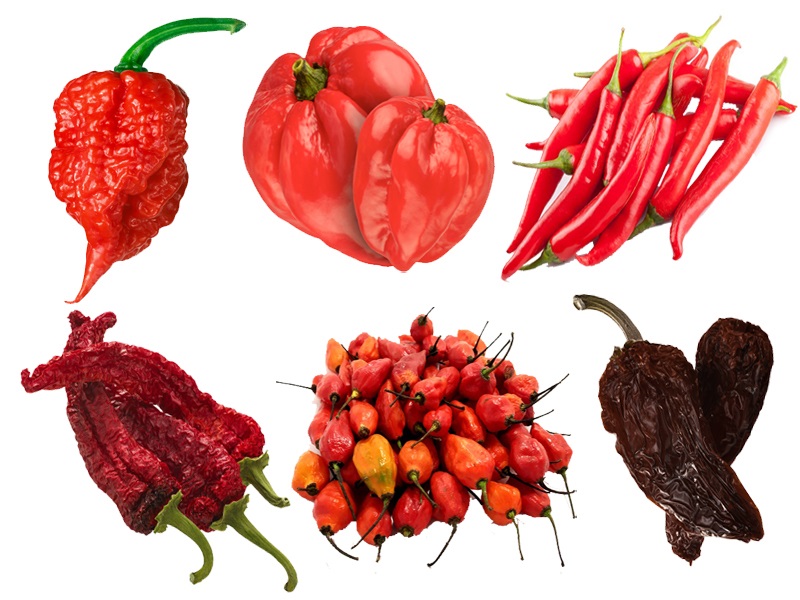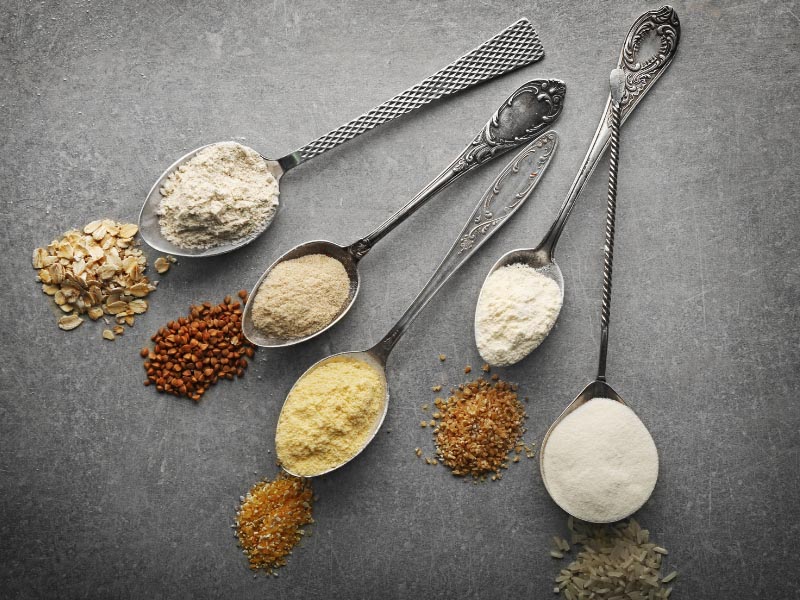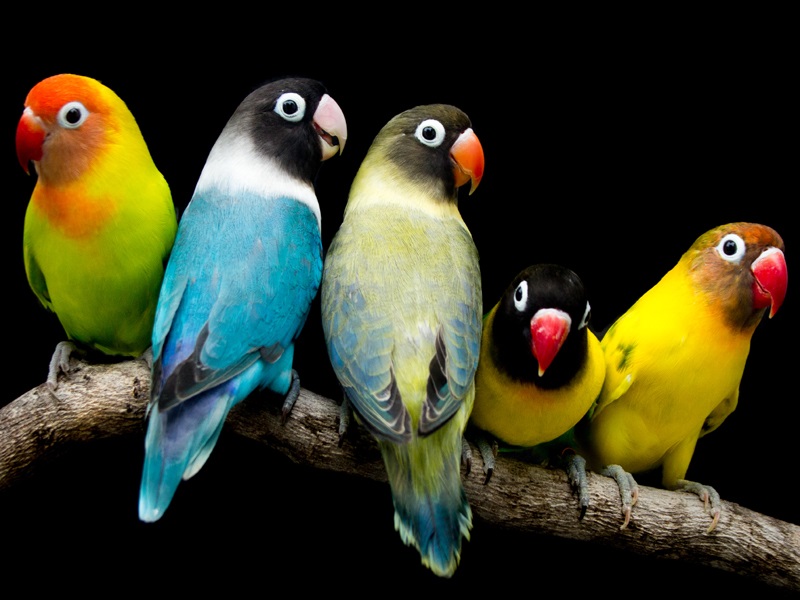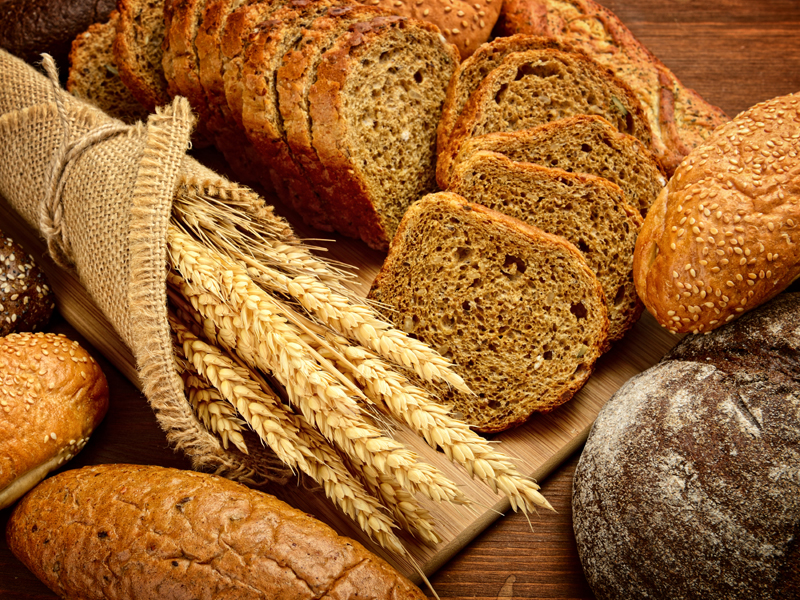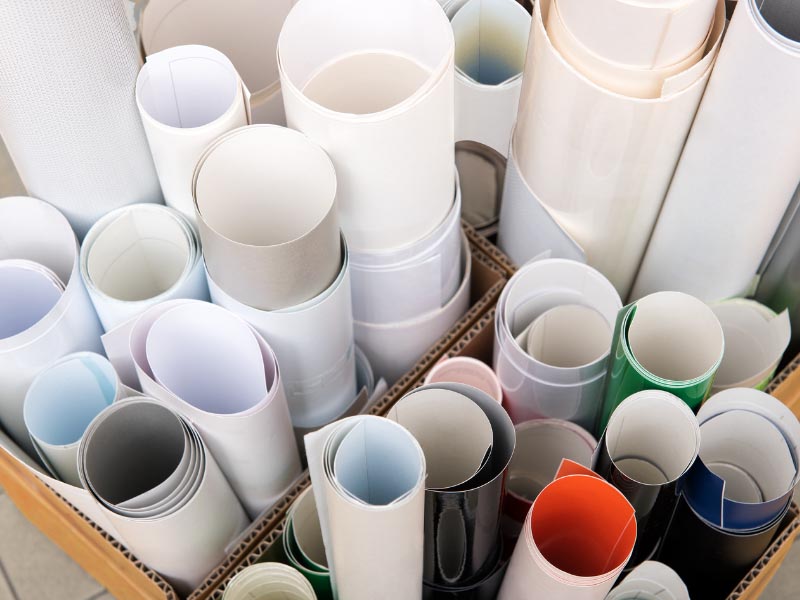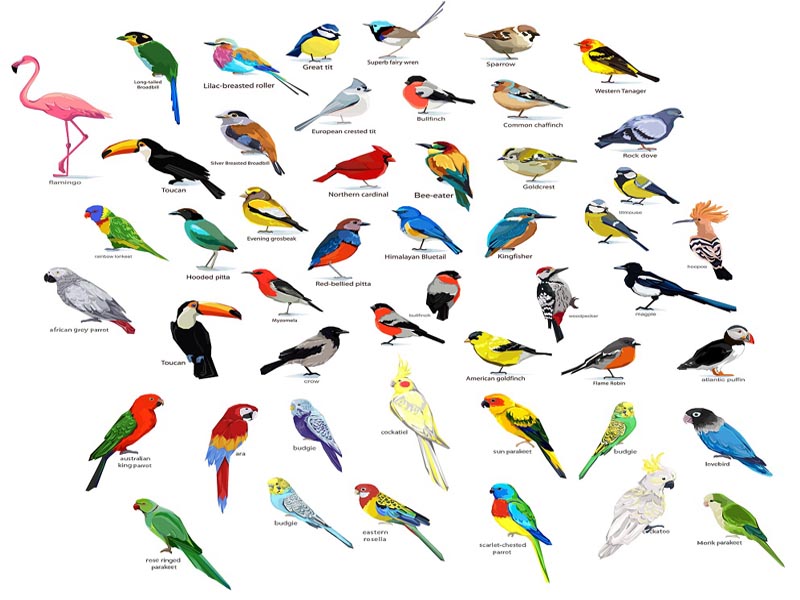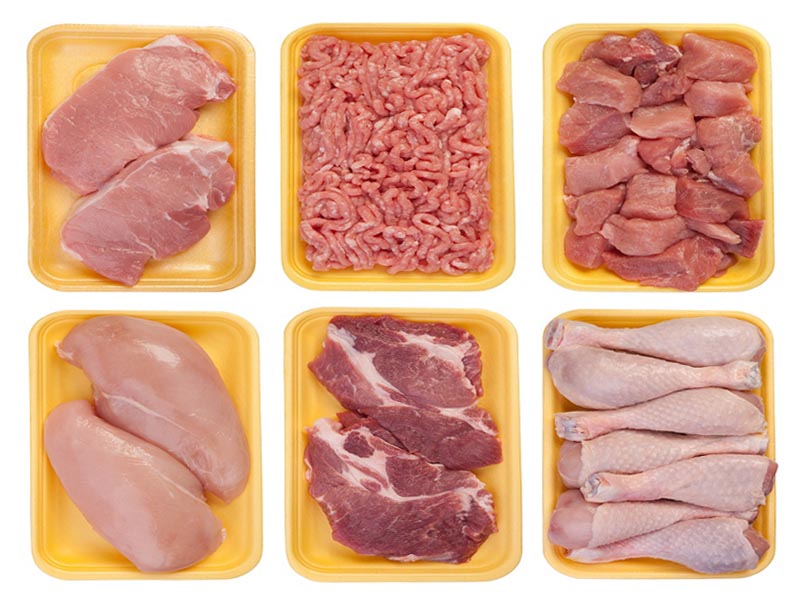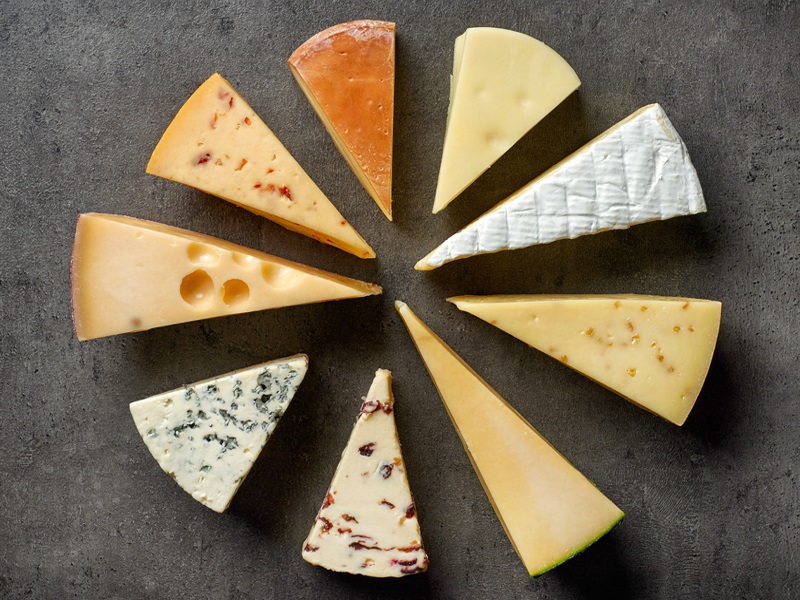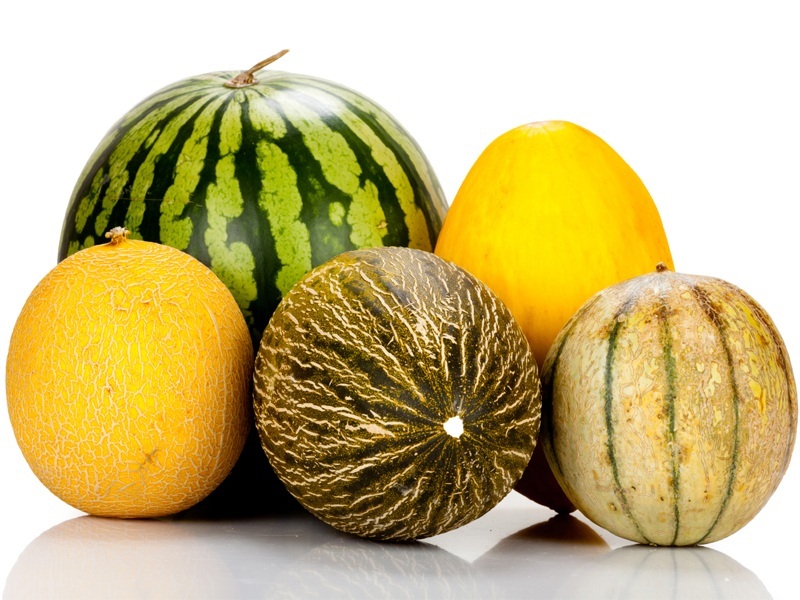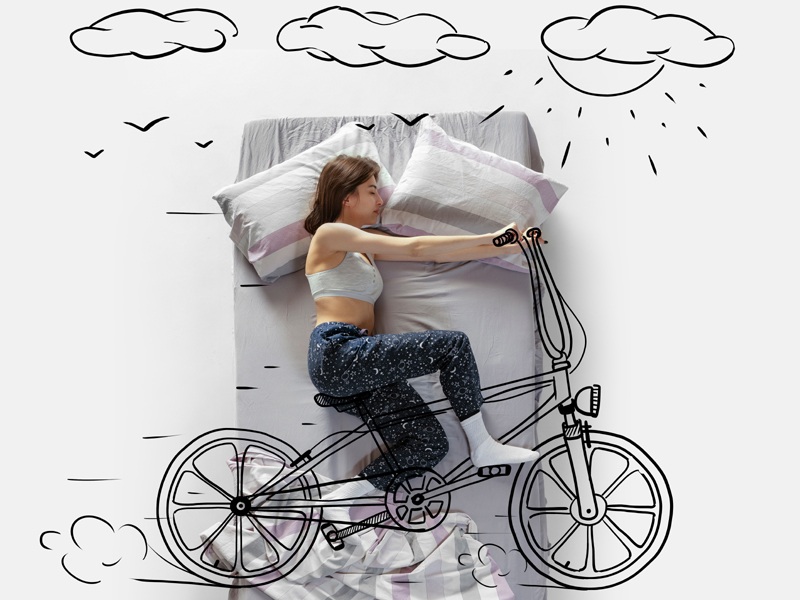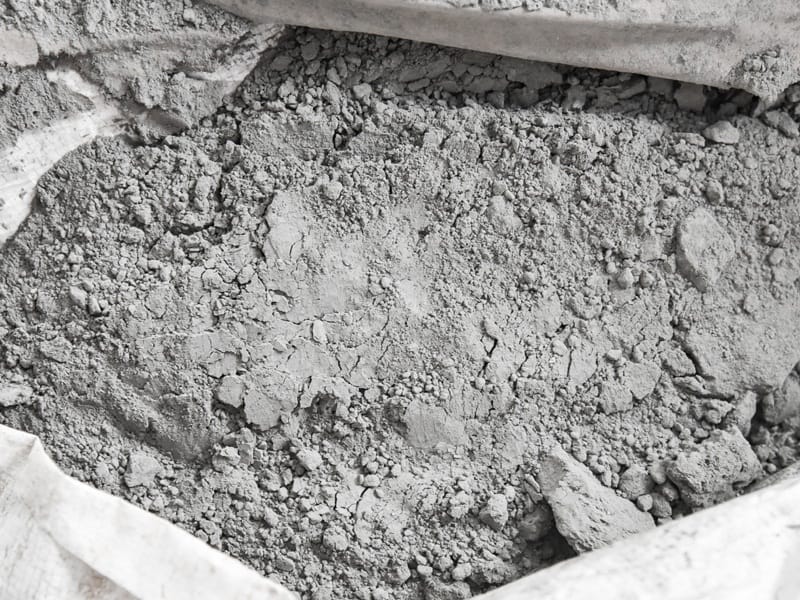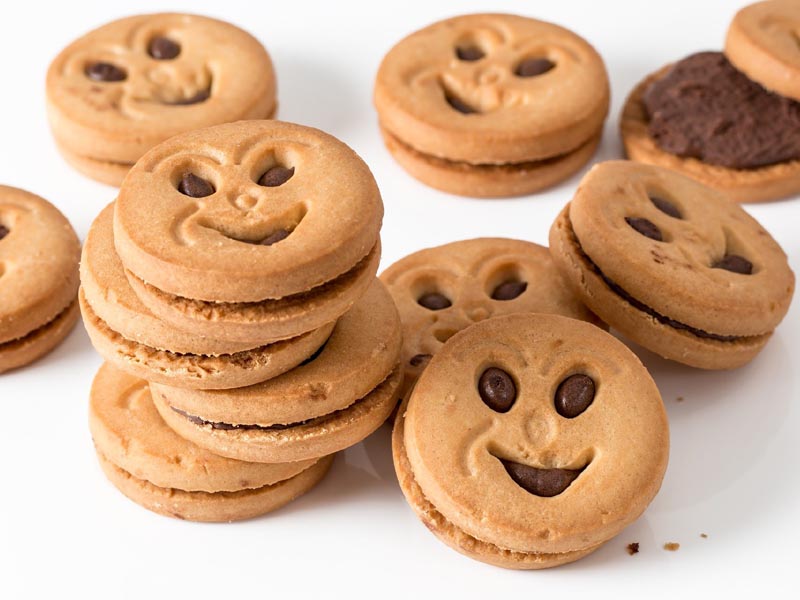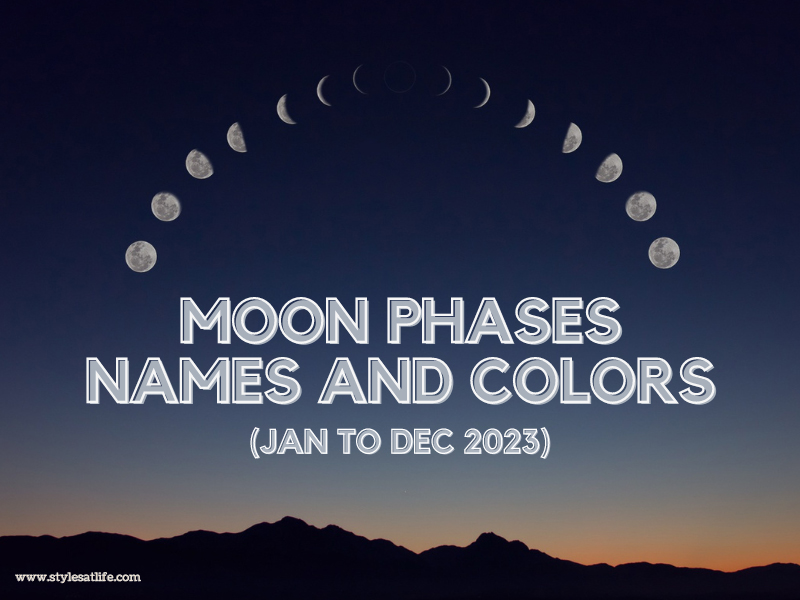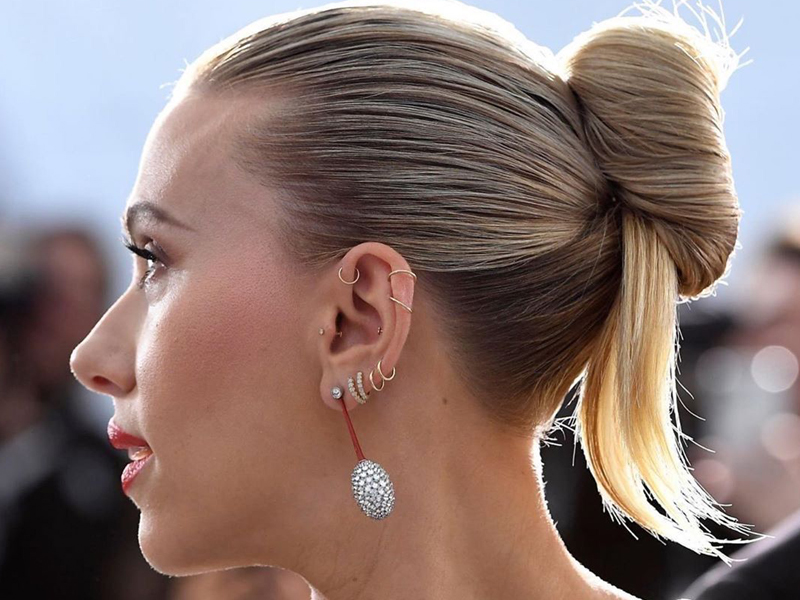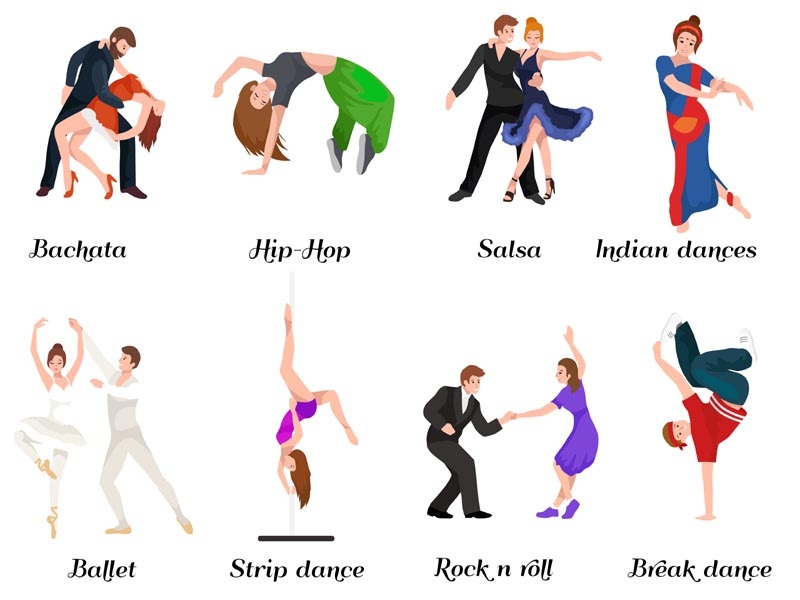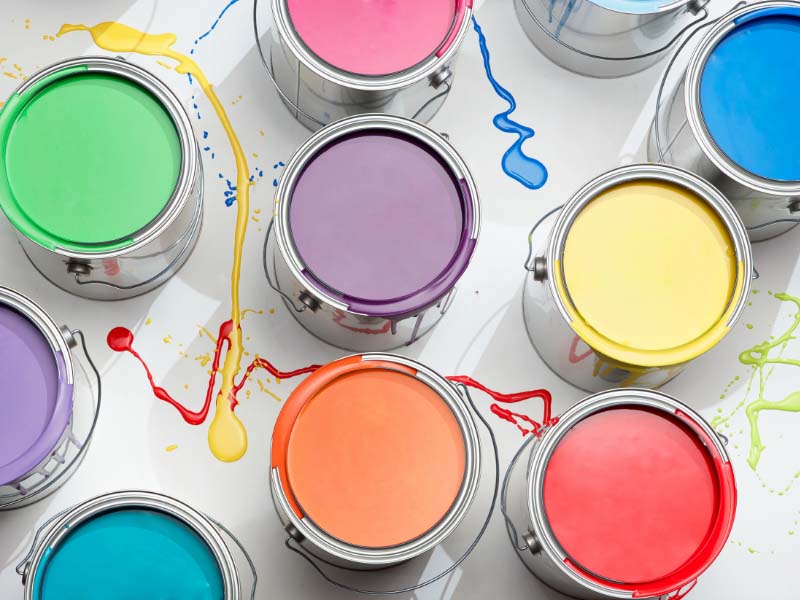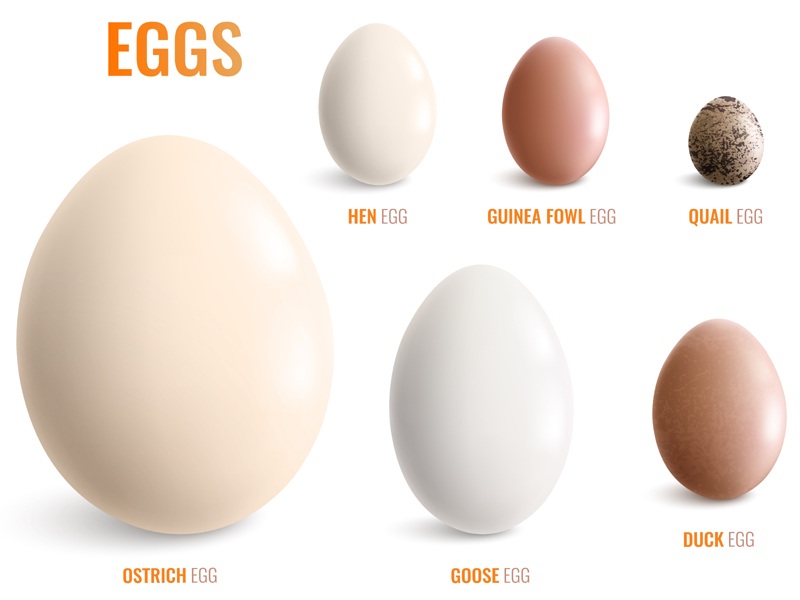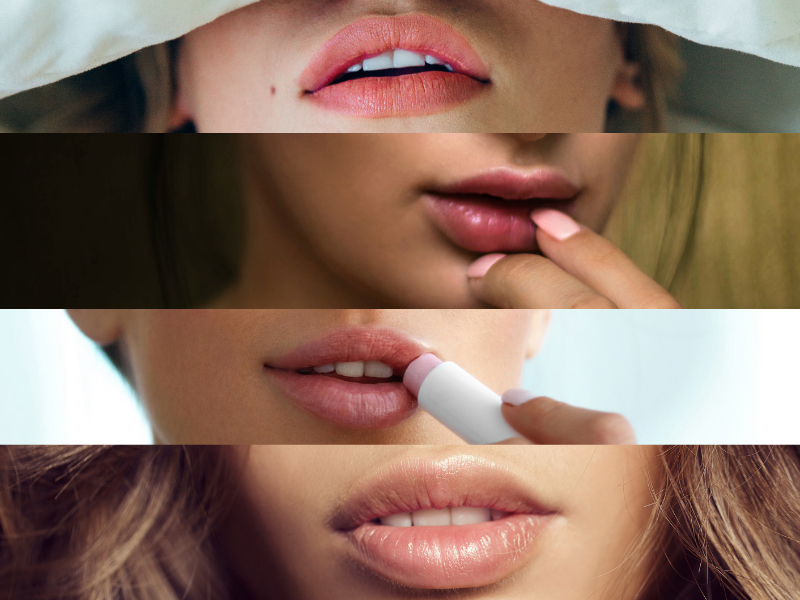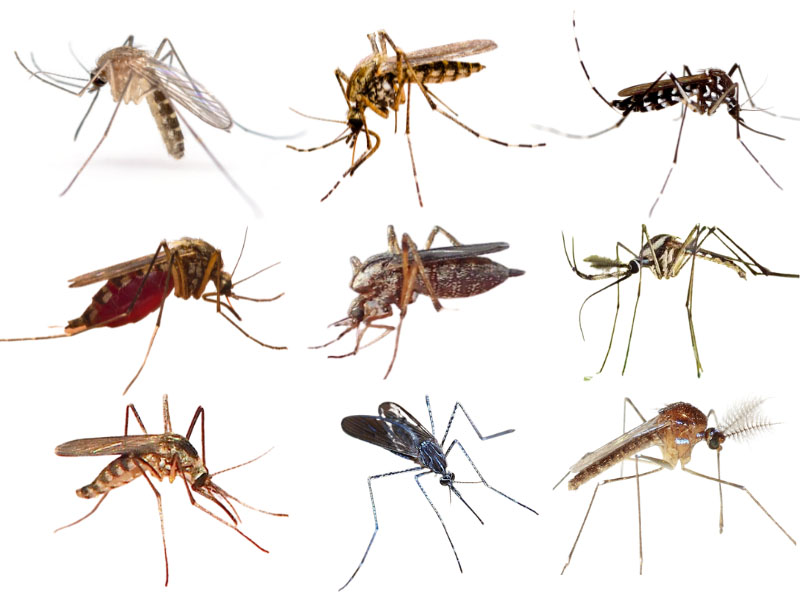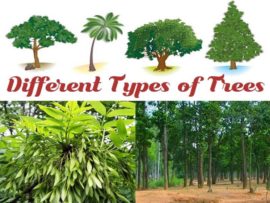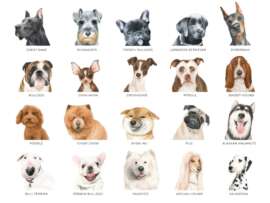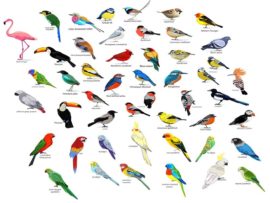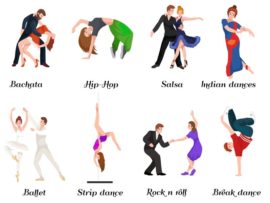Can you imagine a day without sipping on a cup of hot tea? Chai, tea, Cha, whatever the name, the connection we share with this drink, irrespective of our cultural differences, is amazing. Tea is not a modern-day invention! In fact, you will be surprised to know that its history dates back to 2737 B.C.E, making it one of the oldest creations still in use. Today, many new types of tea are available across the world, with the soul of the drink still kept intact!
What is Tea?
Tea is a flavour-packed, aromatic drink prepared by infusing or boiling Camellia Sinensis leaves in hot water or milk. The popularity of tea is widespread globally and even has the reputation of being the second most-consumed drink after water!
History of Tea:
In earlier times, Green tea prepared from fresh leaves was the only known method of consuming tea. There is also a legendary tale of how a Chinese Emperor, Shen Nung, accidentally discovered tea when a few leaves from the Camellia Sinensis tree blew into his pot of boiling water. The pleasant scent and warmth of this drink filled the king with renewed energy, much to his surprise!
From the tables of elite families of China to roadside stalls in India, the journey of tea is incredible!
Read along to learn more about the many types of tea and the best tea varieties with pictures and interesting details.
Basic Categories of Tea:
Before the invention of many tea types, there were just one or two known forms of tea – Green and black, prepared with fresh and fermented leaves, respectively. Today, more than 30 varieties of tea are available in different countries, each of which boasts of a unique aroma, flavour, and health benefits.
Here are the three basic categories of Tea which we must know about:
-
Basic or True Teas:
Teas made from the Camellia Sinensis plant without any additions or mixtures are called basic teas or true teas. These teas begin their life after the harvesting stage but undergo different ‘processing’ types like withering, oxidation, firing etc., to lend color and character to the leaves.
Examples: Black Tea, Green Tea, Oolong Tea, White Tea, Pu’erh Tea
-
Flavored Teas:
Flavoured teas have external flavours added to them to blend newer aromas with that of tea leaves. As tea leaves are receptive to flavors, ingredients like herbs, spices, flowers, and even dried fruit pieces are added, which invigorate our senses. Adding essential oils or extracts like vanilla is also another way to prepare flavored teas. Many varieties also contain nature-identical and artificial flavors coated on the tea leaves to lend a delectable aroma.
Examples: Jasmine Tea, Masala Chai, Earl Grey, Mint Tea, Ginger Tea, Tulsi Tea, Orange Blossom etc.
-
Herbal Teas:
Herbal teas are a sharp contrast to true tea made from the leaves of the Camellia Sinensis plant. They contain no products like leaves or buds sources from the Camellia Sinensis plant, and the decoctions result from herbal infusions of dried flowers, herbs, roots, spices, fruits, etc. In short, Herbal teas are not true teas, and their flavor comes from the aromatic ingredients used.
Examples: Chamomile Tea, Peppermint Tea, Lemongrass Tea, Hibiscus Tea, Lemon Tea, Sage Tea, Fennel Tea, Rose Hip Tea etc.
Read: Benefits of Tea During Pregnancy
15 Different Types of Tea with Pictures and Details:
Let us now look into the details of the 15 most popular types of teas with pictures:
1. Black Tea:
Black tea is a more robust brew compared to other types of tea like green or Oolong. Regular green tea leaves go through a full treatment, including withering and oxidation, to achieve a characteristic black or tan brown color to the leaves. Because of its potency, black tea requires lesser seeping time and the color and flavor vary based on the amount of oxidation.
The preparation method of black tea involves boiling the tea leaves in water. Adding sugar is optional! This low-calorie drink is rich in antioxidants and flavonoids that offer numerous health benefits.
2. Green Tea:
It is a myth that Green tea comes from a different plant. Green tea is a product of the same Camellia Sinensis plant. The leaves are dried and pan-fried without undergoing further steps like withering and oxidation. This helps in retaining the natural green color and delicate flavour of the tea.
The preparation method of green tea involves infusing the leaves in hot water for 3-5 minutes and straining the liquid. Adding sugar or honey is optional. Green tea is available in the form of loose leaves and tea bags. The high amounts of antioxidants and catechins make green tea one of the healthiest drinks on the planet.
3. Matcha Tea:
Matcha tea is a specialty tea variety sourced from the Camellia Sinensis plant. Tea plants are moved under shade for 3-4 weeks before the harvest time to generate more theanine and caffeine than usual. The workers then grind these leaves into a fine green powder called “Matcha”. This traditional Asian drink is quite popular even in Western countries for to its unique taste, preparation method and health benefits.
Matcha tea is made by whisking the powder in hot water or milk using a special bamboo whisk until it gets frothy. Matcha also works as a flavoring agent in many desserts and savoury foods.
4. White Tea:
White tea is a minimally processed tea that looks pale yellow. However, the name “white” comes from the ‘silvery’ tea leaves used for preparing this tea variety. Immature leaves and buds are picked and naturally sundried or steamed to prepare this tea. There are 5 subcategories of white tea-like, Silver Needle, White Peony, Tribute Eyebrow, Noble Eyebrow and DaBaiCha, which involve different cultivation methods.
White tea is a delicate brew prepared by seeping the leaves in hot water and is best consumed without milk or sugar. The antioxidant profile of white tea matches that of green tea. So, people consume it both for pleasure and for good health!
5. Oolong Tea:
Oolong tea is a unique tea variety made by twisting and curling the tea leaves after the withering and oxidation process. The shape of these artisanal tea leaves depends on the tea master, which ranges from tight curls to thin strands. The rolling of leaves adds a distinct appearance, character and aroma to the brew, which can fall in between black tea and green tea.
The general rule for making Oolong tea is to seep the leaves in hot water for 2-5 minutes. The longer the seeping time, the stronger and aromatic the brew gets! The number of flavonoids also increases with the concentration to amp up the health benefits. Depending on the amount of oxidation, the caffeine percentage of Oolong may vary from batch to batch.
6. Pu’erh Tea:
Pronounced as Pu-er is a variety of un-oxidized tea which gets its name from Pu-erh, a Chinese county in the Yunnan province. The tea leaves are left to ferment for months, sometimes years, to increase flavor and aroma. The older the age of tea, the higher is its price. Pu-er tea begins its life as green tea and undergoes the withering process to achieve a deeper color.
The leaves get compressed into small discs called Pu’erh cakes. One can find two types of Pu’erh teas – Raw and Ripe, where raw is a fresh batch of leaves and ripe is an aged leaf, which is quite expensive. To prepare the tea, some leaves are loosened from the cake and seeped into hot water for a few minutes until the desired color and aroma are achieved.
Pu’erh tea is known to aid in better digestion and blood circulation compared to other tea types due to the fermentation process.
7. Herbal Tea:
Herbal teas are not true teas! They are herbal infusions that result from dried herbs, spices, fruits, leaves and flowers in hot water. Herbal teas are also called Tisanes, which are aromatic and flavoursome. They are caffeine-free due to the absence of true tea leaves and popular across the world for their delicious taste and mind relaxant properties.
The best way to enjoy herbal tea is to infuse the herbal mixture into a cup of hot water, either using a bag or an infuser. Seep it for 3-4 minutes and serve it hot. Adding honey or other sweeteners is optional.
Read: Common Forms of Sugar
8. Chamomile Tea:
Chamomile tea is renowned for its mind-relaxing and sleep-inducing properties. It falls into the herbal teas category, prepared by drying the chamomile flowers, which belong to the daisy family. Chamomile tea offers numerous medicinal benefits, which include treating digestive disorders, anxiety, depression, sleeplessness etc.
Depending on the source of Chamomile flowers, the tea can taste anywhere between floral to mild pungent. You can make the tea by infusing the dry chamomile flowers and buds for 3-4 minutes and enjoy it with or without sugar.
9. Hibiscus Tea:
Hibiscus tea is of the most popular herbal teas, which has a lovely reddish-pink color. The herbal tea is an infusion of the deeply pigmented calycles of the Hibiscus flower in hot water. Hibiscus tea is mild tart-flavoured, similar to cranberry juice and works well in both hot and cold formats.
This tea is packed with antioxidants and even has blood-pressure-lowering properties. The flavorsome drink also has soothing effects on the mind, making it a great herbal drink to unwind from a stressful day. The dried flowers can be seeped into the water for 3-5 minutes and laced with some sweetener and lemon juice.
10. Rooibos Tea:
Rooibos is a lesser-known variety of tea that has its origins in South Africa. The word “Rooibos” means “red bush” in the African language, which grows like a broom. Rooibos tea was originally prepared and consumed by the indigenous tribals of South Africa for its powerful medicinal and aromatic qualities.
Despite many efforts by other countries to grow Rooibos, it still remains exclusive to South Africa. The preparation process involves cutting, fermenting and sun drying the rooibos leaves. The dry leaves are then seeped into hot water for a couple of minutes to achieve a delicious, reddish-colored tea. Rooibos tea is naturally caffeine-free and rich in antioxidants.
11. Masala Chai:
Masala Chai is one of the most popular Indian tea types consumed as a staple beverage in many parts of the country and even worldwide. The drink is made by boiling black tea leaves in milk, water and a spice mixture made from ginger, cardamom, cinnamon, star anise, lemongrass etc. Sugar or sweetener is added to this spiced tea to amp its deliciousness.
Apart from satisfying our taste buds, Masala Chai also offers numerous health benefits. It improves digestion, alleviates stress and anxiety, boosts immunity and even reduces inflammation in the body.
12. Iced Tea:
Iced Tea is a regular water-based true tea, or herbal infusion served with ice. This refreshing drink is available as a ready-to-drink packaged beverage. It is also quite easy to make at home! Any tea variety works well for making iced tea. All you need to do is boil the leaves for a few minutes and cool the decoction.
Once ready, you can add some lemon juice, honey, mint or natural flavors like rose, peach, orange etc., and chill for a few hours. Iced tea is a popular summer drink that not only hydrates the body but also de-stress the mind.
13. Rose Tea:
Rose tea is another widely consumed herbal infusion prepared by infusing fresh or dry rose petals in hot water. The tradition of consuming rose flowers in the form of tea began in China. The buds, flowers and fruits called rose hips were infused into hot water to extract their goodness.
Rose tea is a fragrant drink with a typical floral scent of rose flowers and a light pink color. It is consumed without milk or sugar to retain its natural flavour. The natural caffeine-free and low-calorie drink is abundant in skin-nourishing vitamins like E and C.
14. Lemon Tea:
Lemon tea is a refreshing drink prepared by adding lemon juice to black tea or herbal tea. The history of lemon tea is not certain! However, its evident that people added lemon to their tea to increase its flavor and antioxidant benefits. Lemon tea tastes great both as a hot and cold beverage. It is available in the form of artificially flavored powder and ready-to-consume packaged drinks.
The best way to prepare lemon tea is by boiling a teaspoon of black tea leaves in one cup of water. Lemon juice is added after the desired color is achieved and the flame has been turned off. Adding Mint and honey is optional!
Read: Types of Milk Names
15. Earl Grey:
Earl Grey tea is a classic British tea that falls into the flavored tea category. The tea contains flavored black tea leaves coated with citrus-scented Bergamot oil. Although the British made it popular and called it their “own”, it is the Chinese who originally developed this tea variety.
To prepare a cup of delightfully refreshing Early grey tea, the leaves must be infused into hot water for 2-3 minutes. Infusing for longer periods enhances the depth of flavor and aroma. The caffeine content in this type of tea is the same as black tea. It is also beneficial to the body and mind, thanks to the high number of antioxidants.
So, how do you find the incredible world of tea? Did all this information make you crave for a cup of this beverage? Before getting ready to make a special brew, let us know which among these different tea types is your favorite!
Frequently Asked Questions and Answers:
1. Does adding milk to tea take away its health benefits?
Although previous studies stated that adding milk results in a reduced antioxidant profile of tea, modern research states quite the opposite. Recent studies confirm that adding milk to black tea does not affect the antioxidants or flavonoid percentage. Additionally, milk which is a source of calcium and Vitamin D, can impart good bone health.
2. Can I make my own herbal tea blend at home?
Yes! It’s easy to make herbal teas at home using everyday spices and herbs. You can use fresh or dry variants of ingredients like ginger, tulsi or basil, hibiscus flowers, rose petals, dried orange peels, and lemon grass. Just boil some water and add these agents until the flavor is infused. You can add some Sugar or honey for enhanced taste.
3. What is a Decaf Tea?
Decaf tea is the short form for decaffeinated tea. The leaves used in making this tea undergo a special process which removes the caffeine. As compared to a 20% caffeine content in regular tea, Decaf-tea contains just 1-2%. However, in the process of taking away caffeine, even the polyphenol content is lost, resulting in reduced antioxidant benefits.
Disclaimer:
The information published in this article is purely for informational and educational purposes only. The article does not intend to diagnose, treat or cure any disease and should not be treated as medical advice. You must consult a physician before drinking any tea or herbal drink mentioned in this article.


